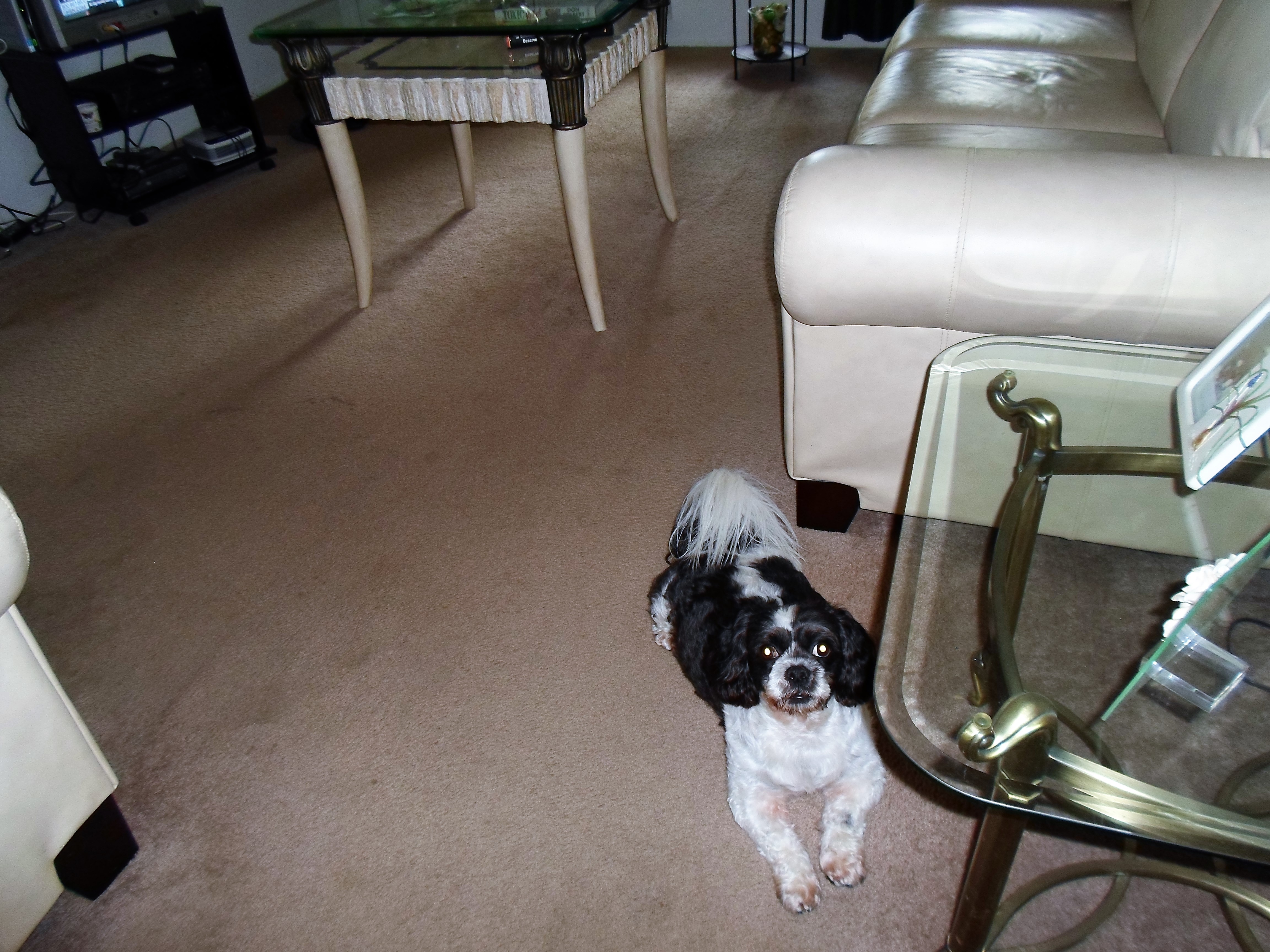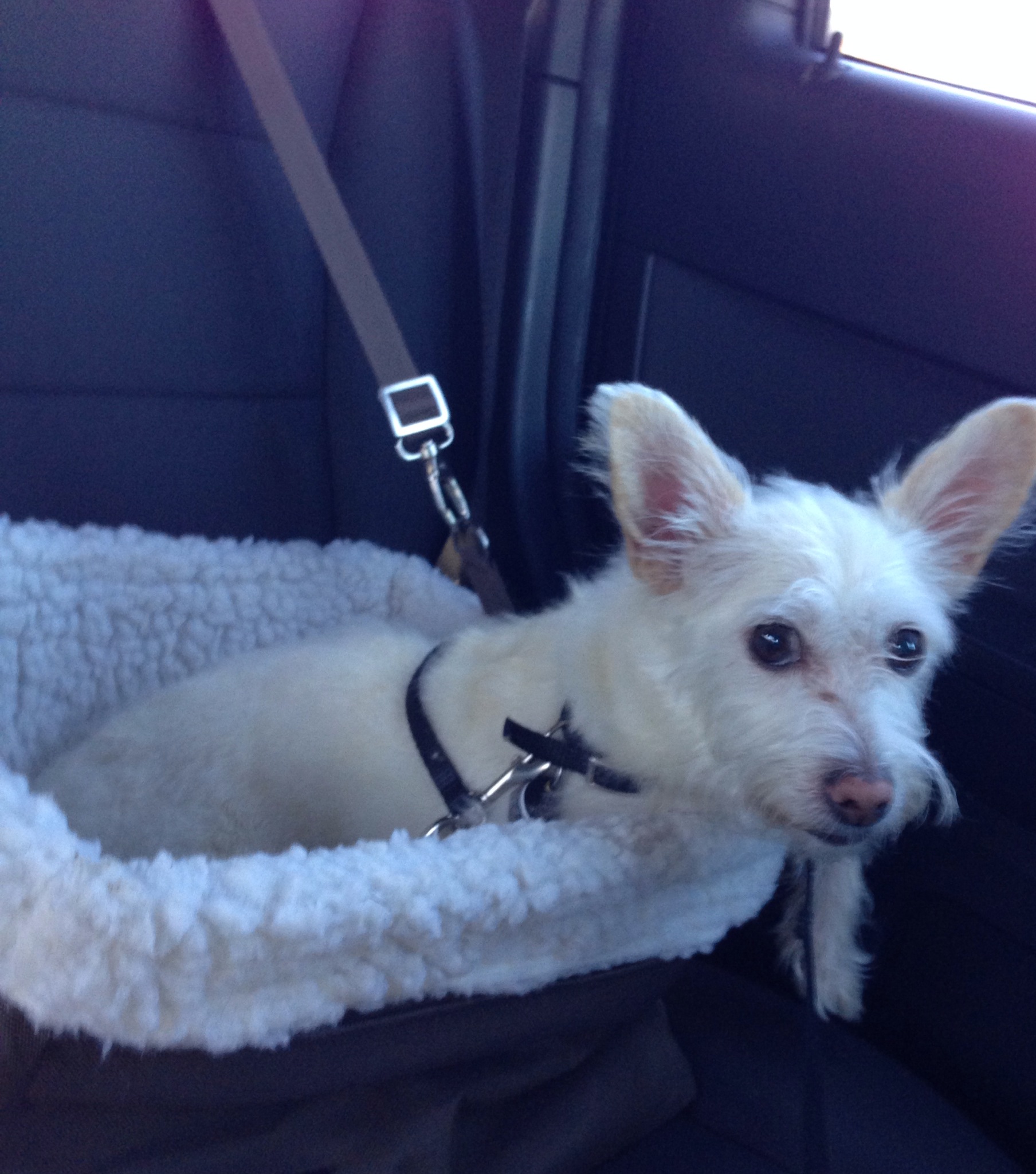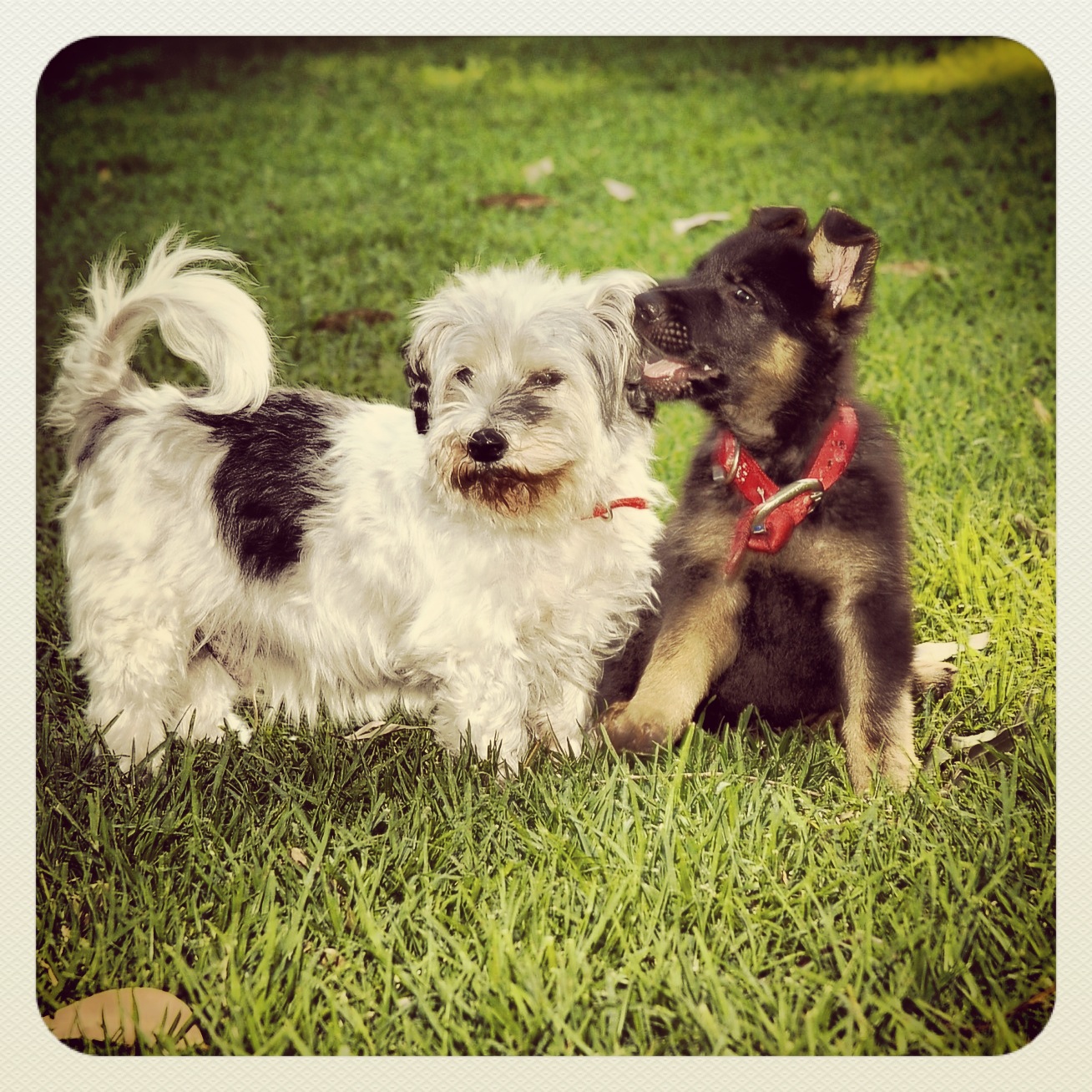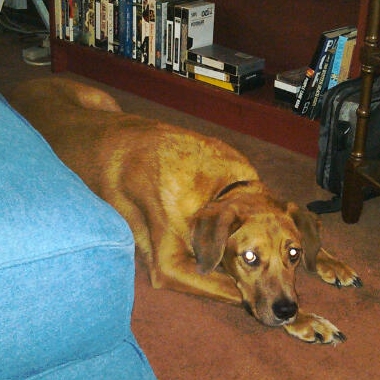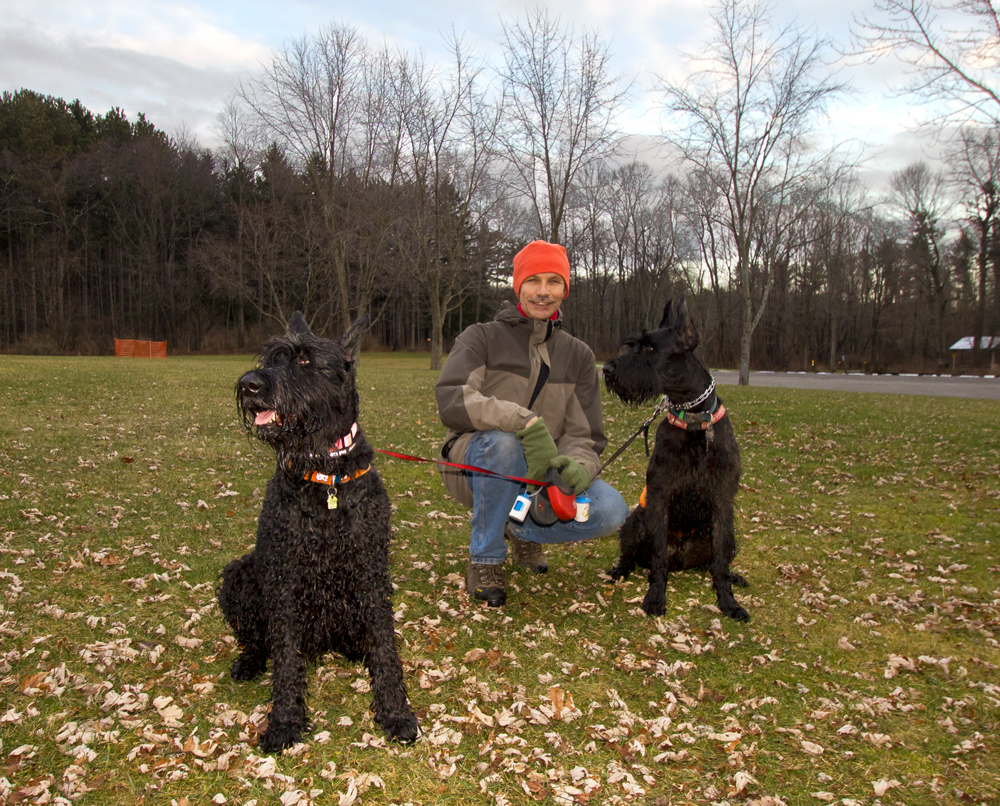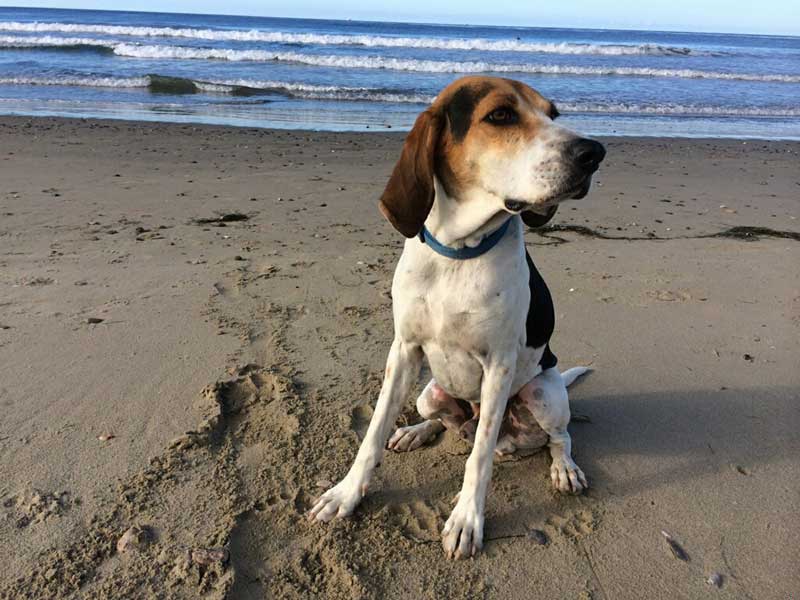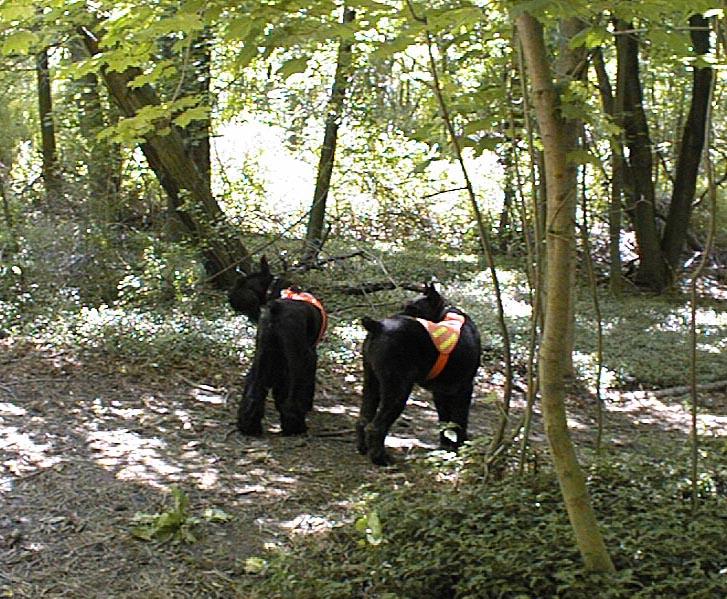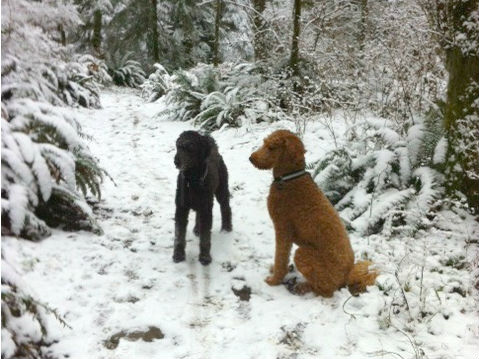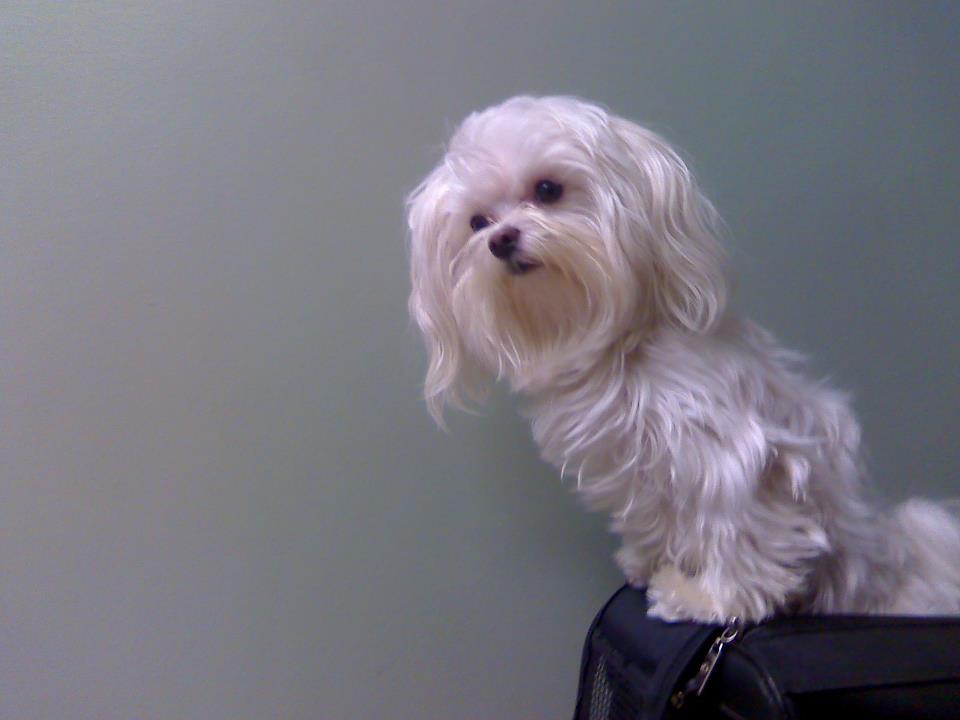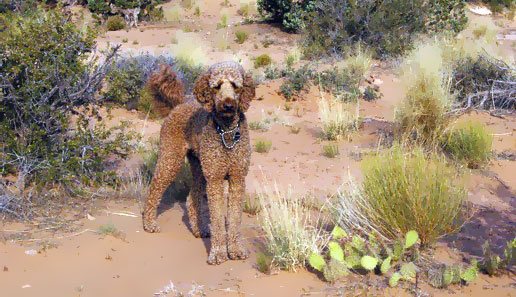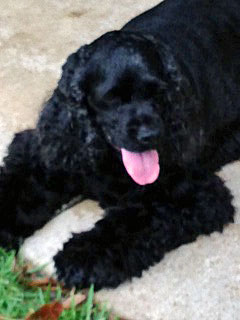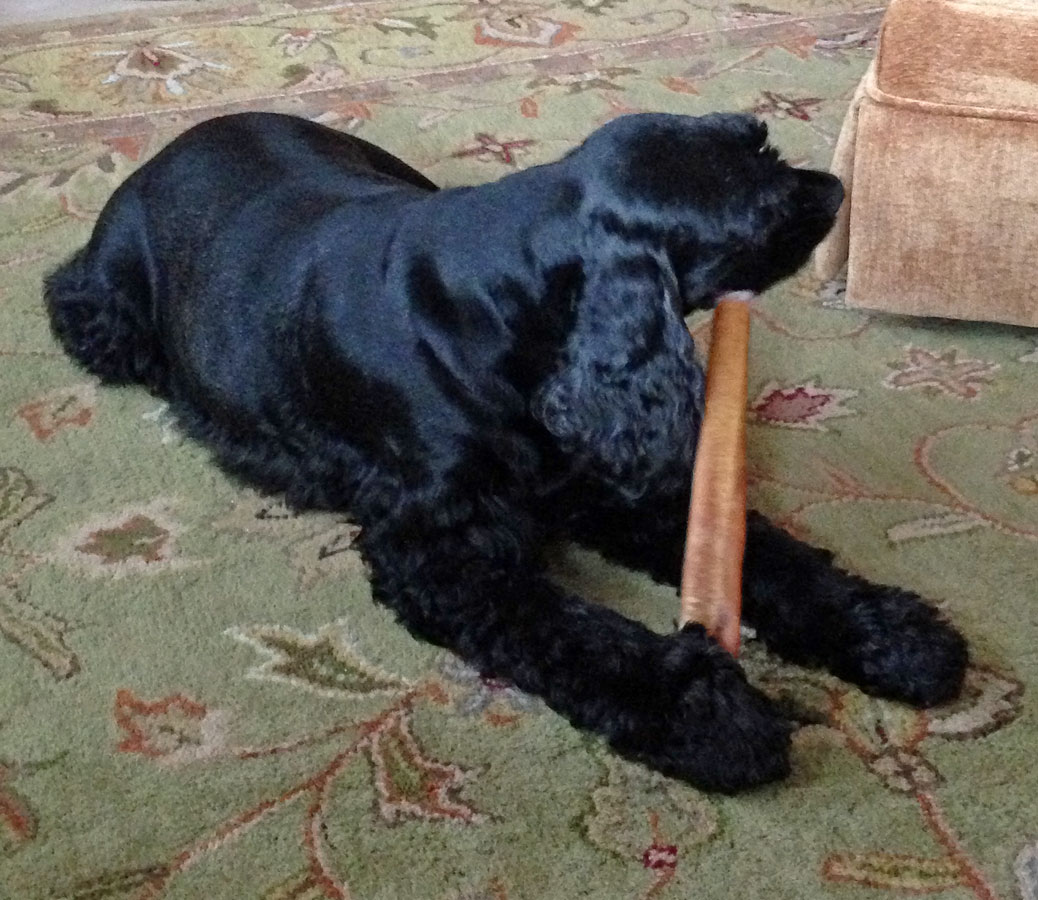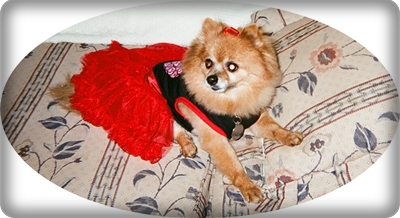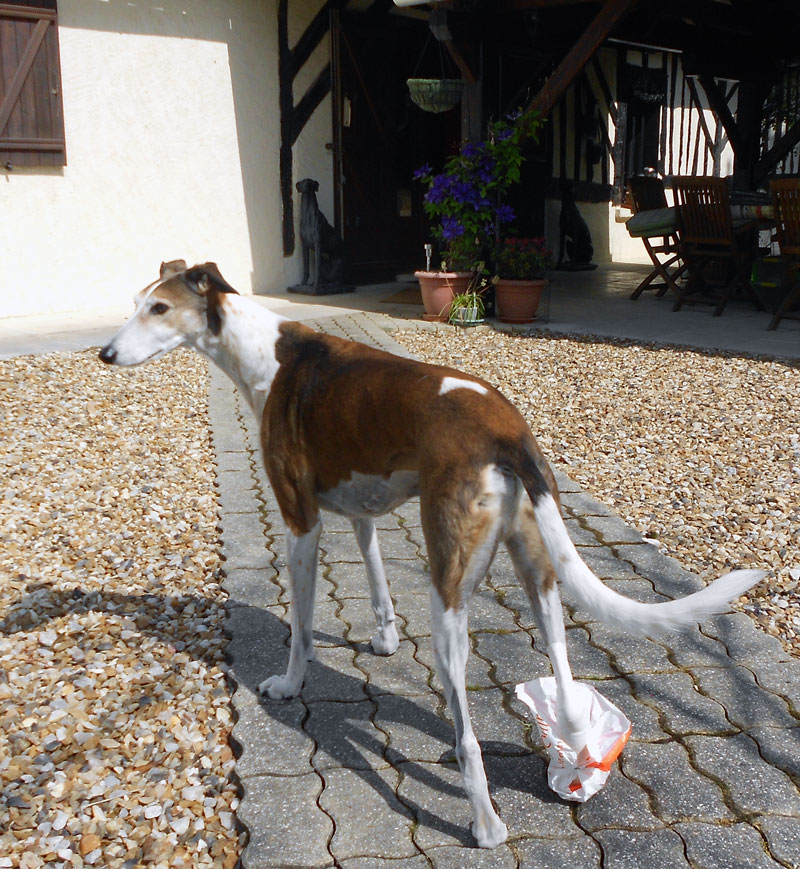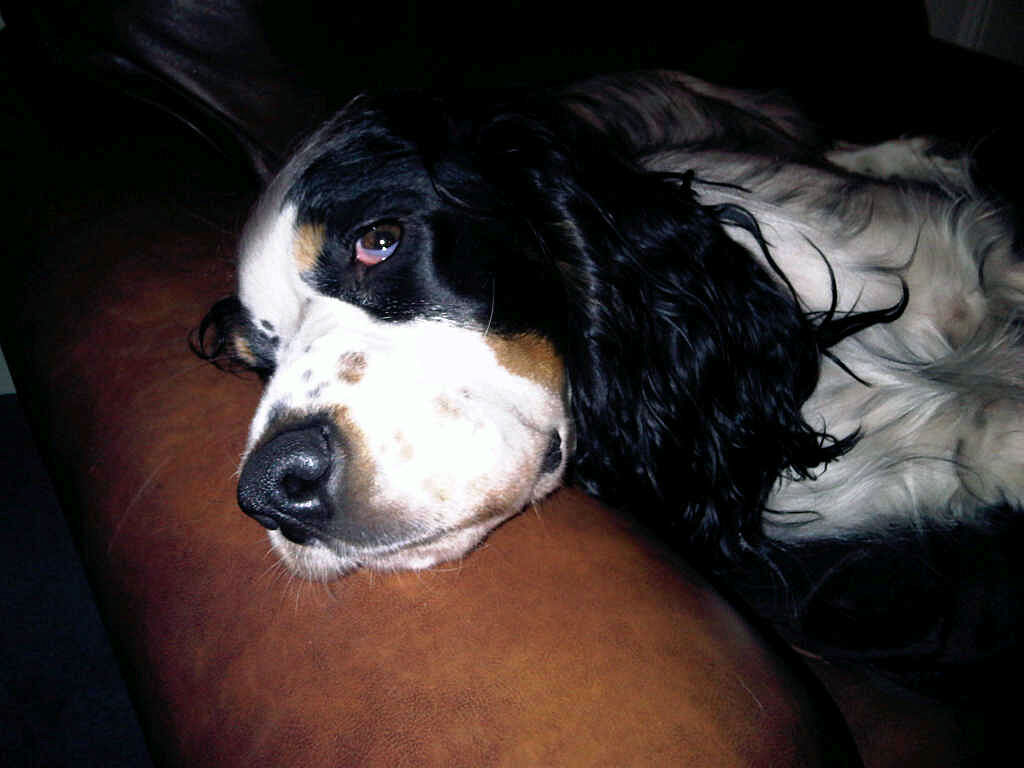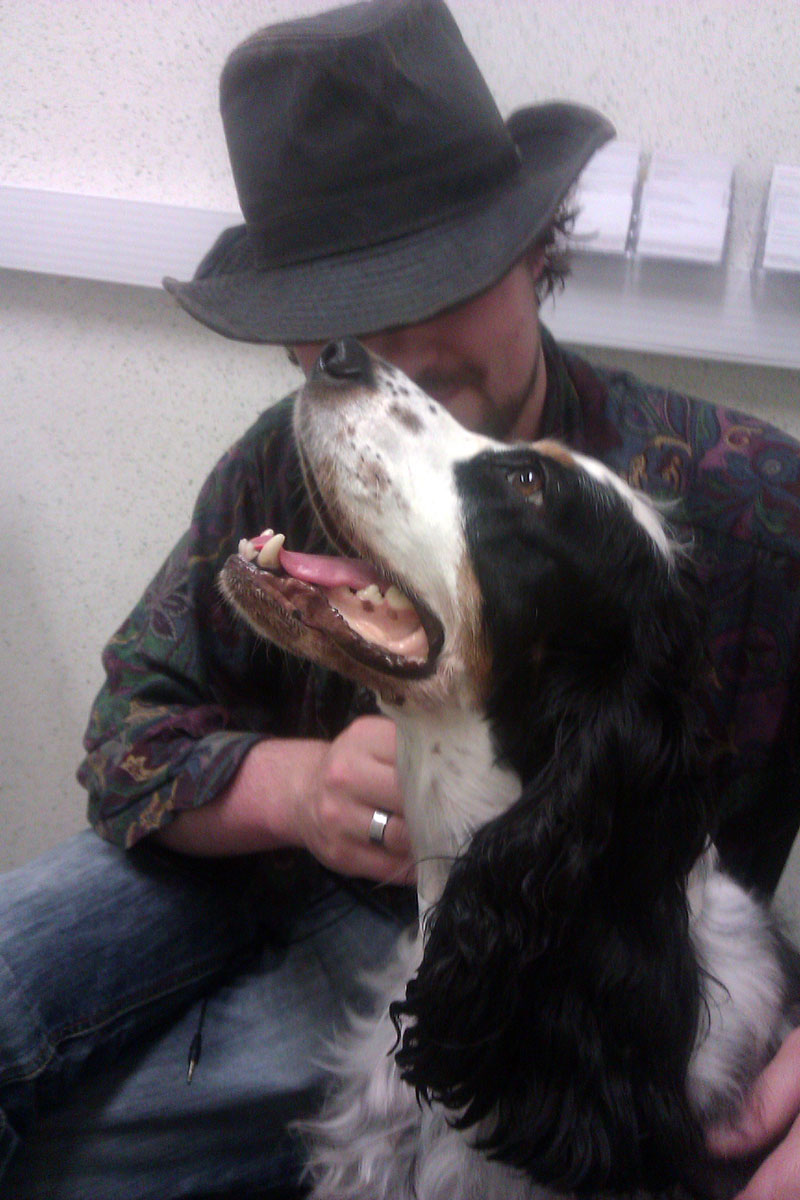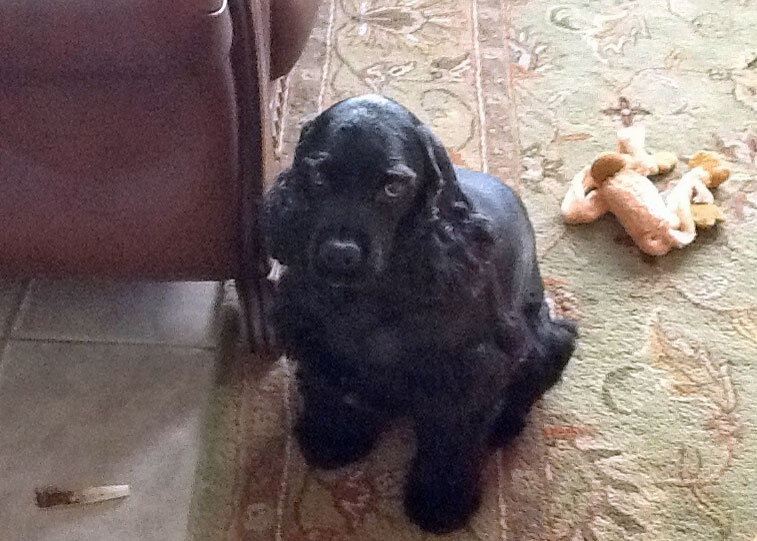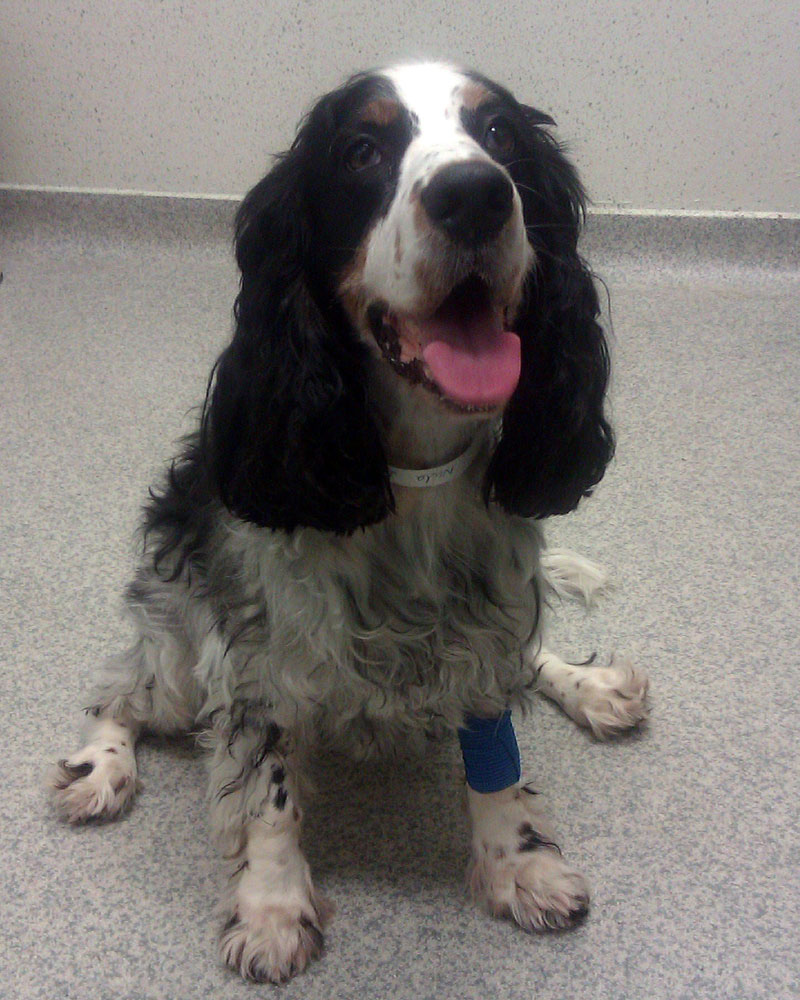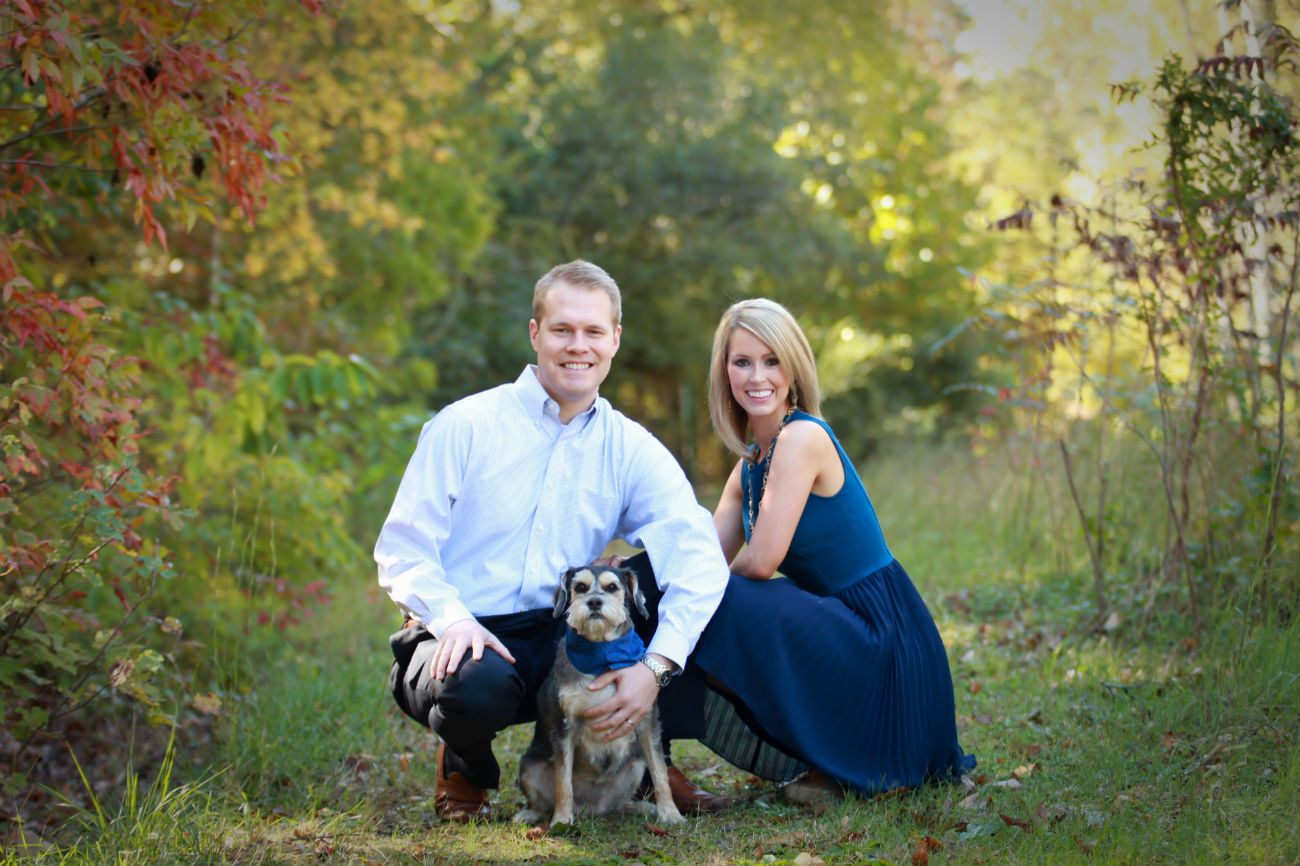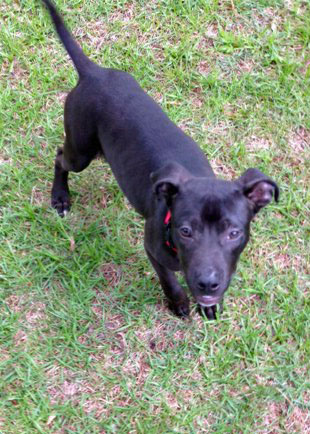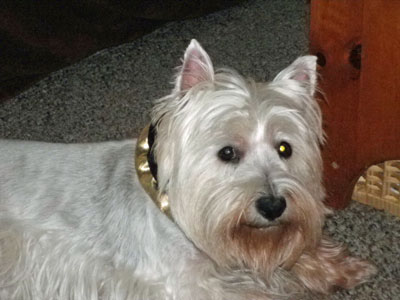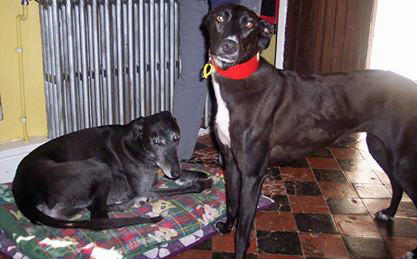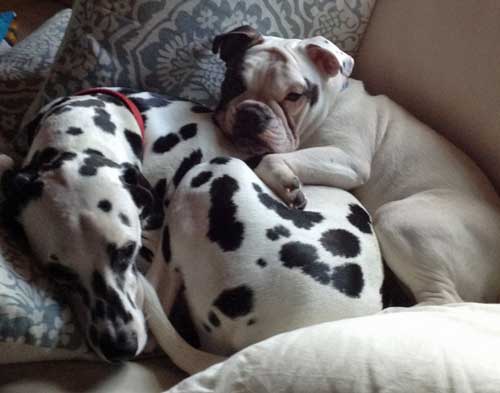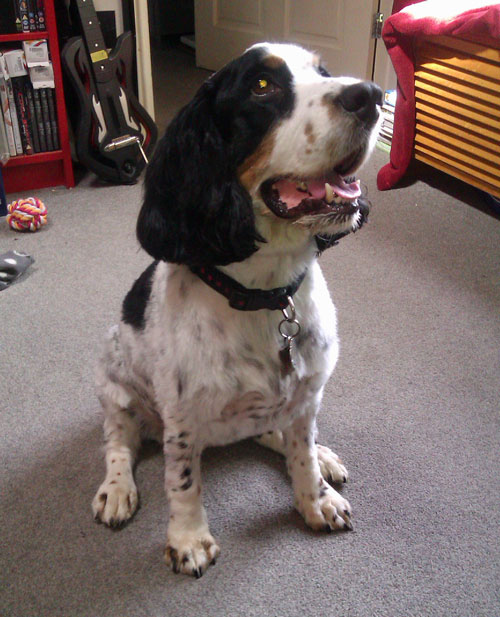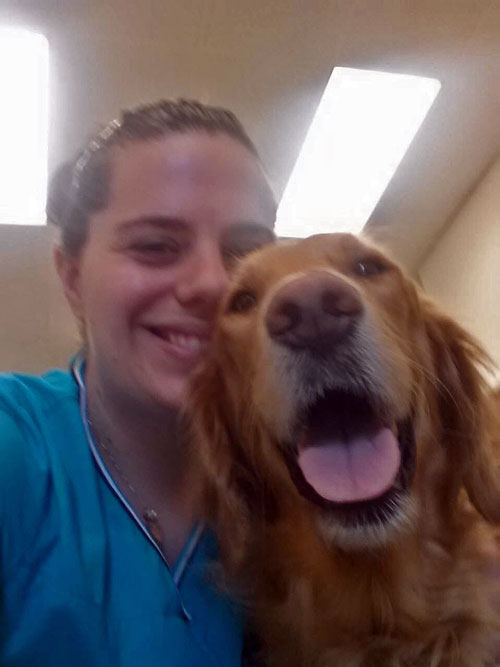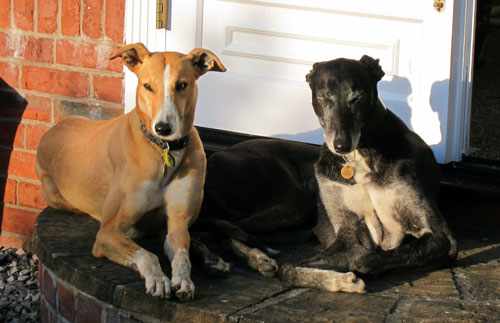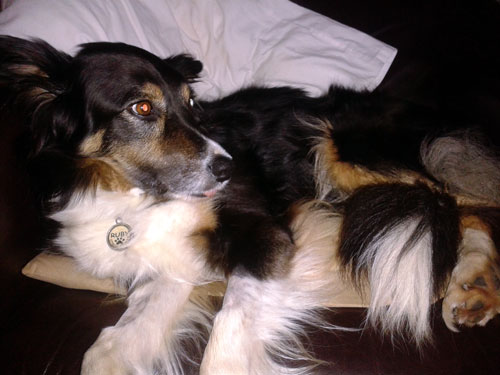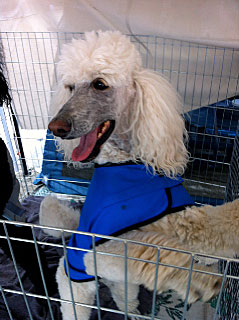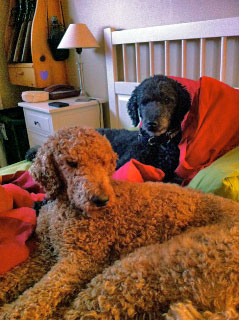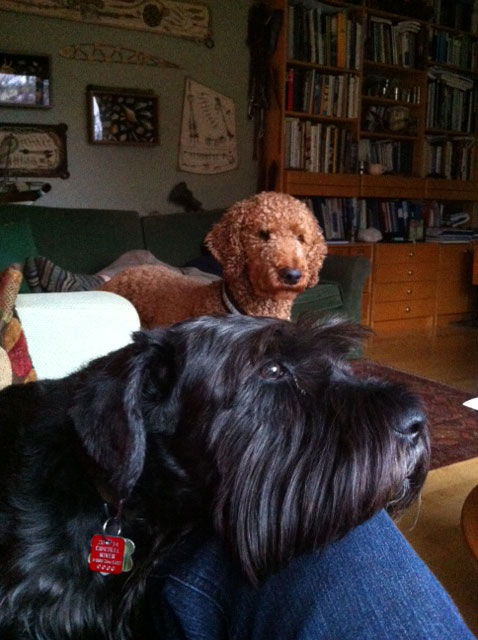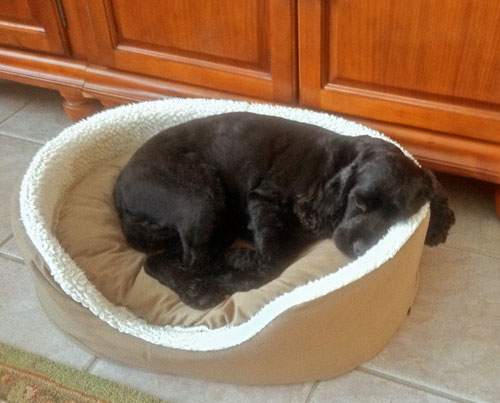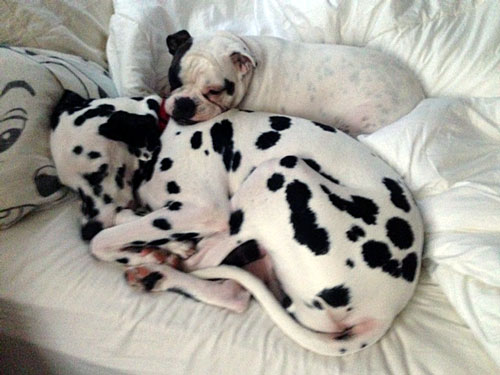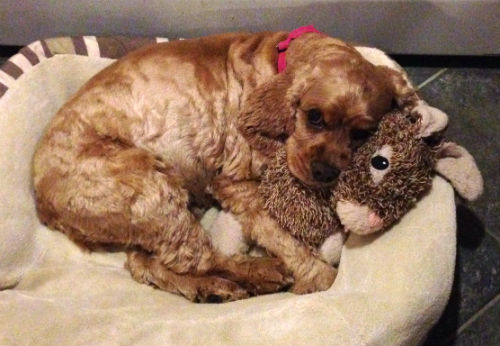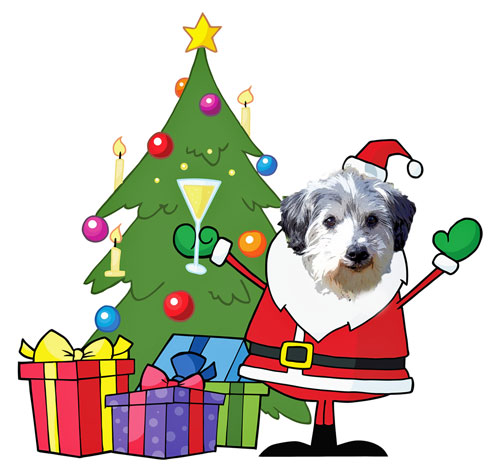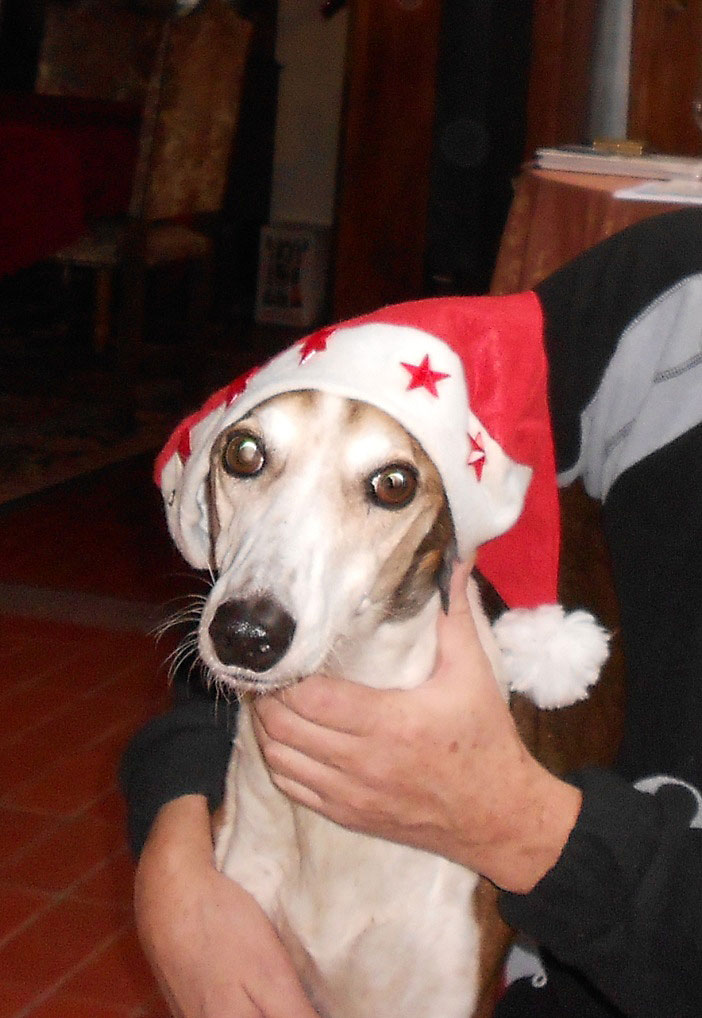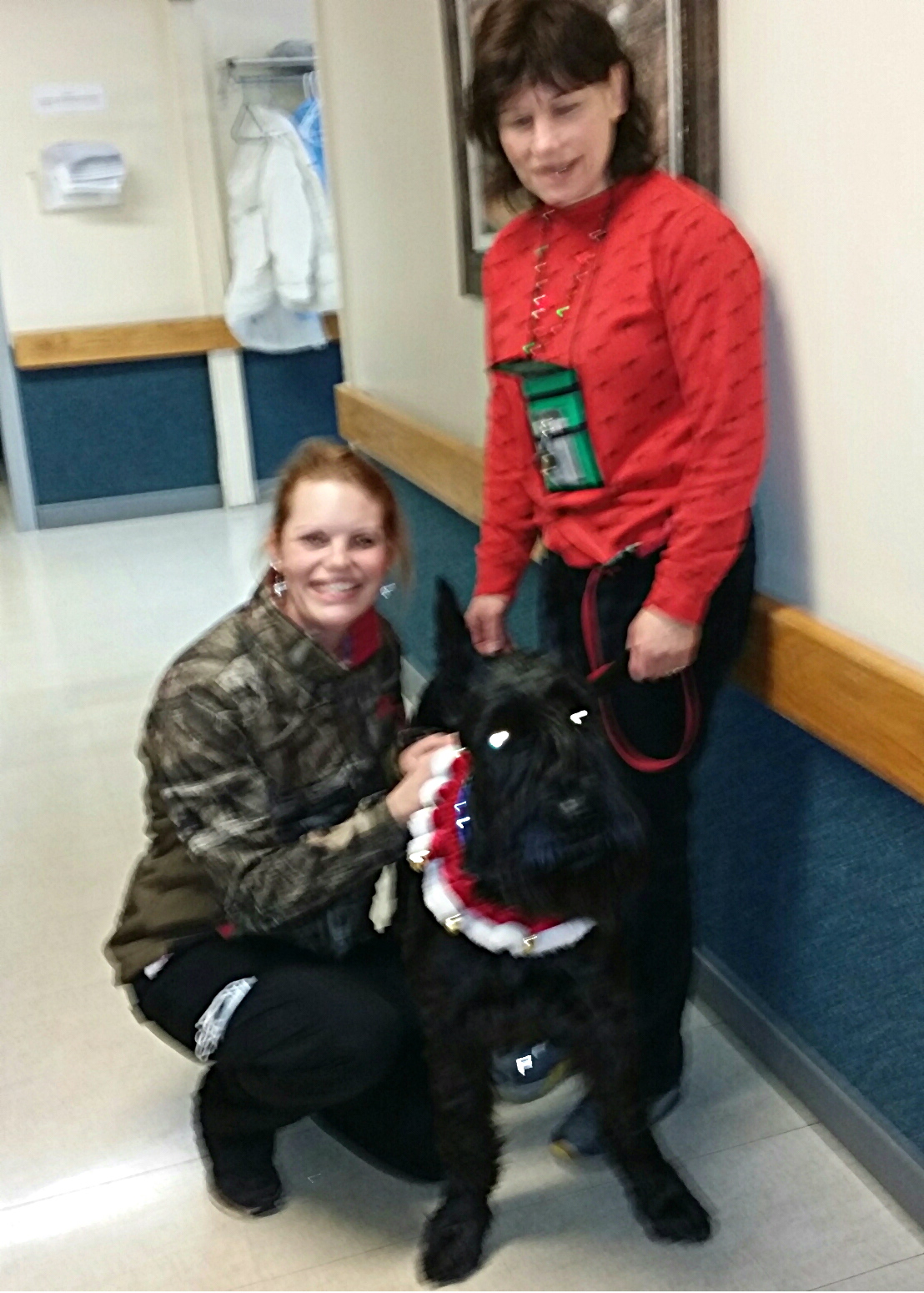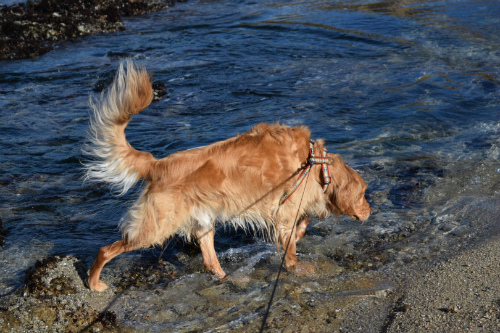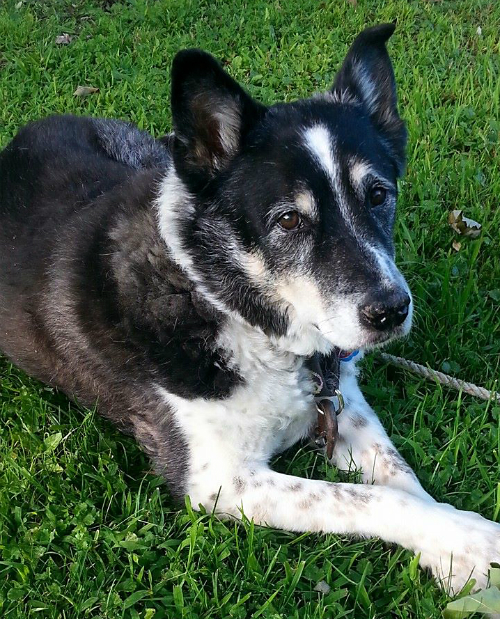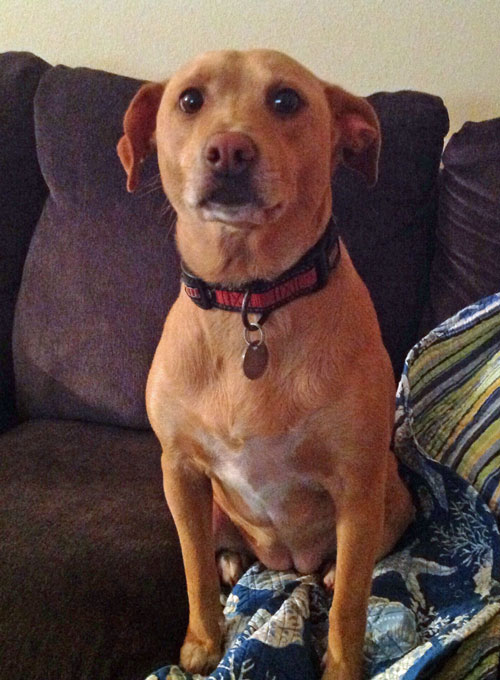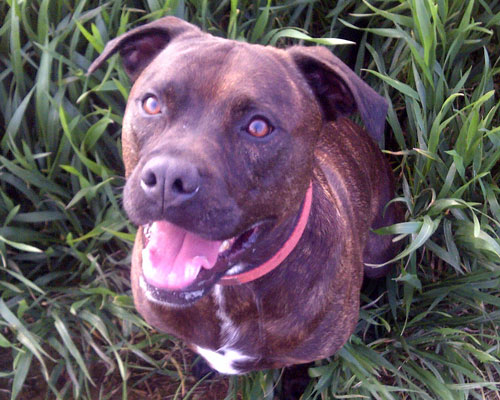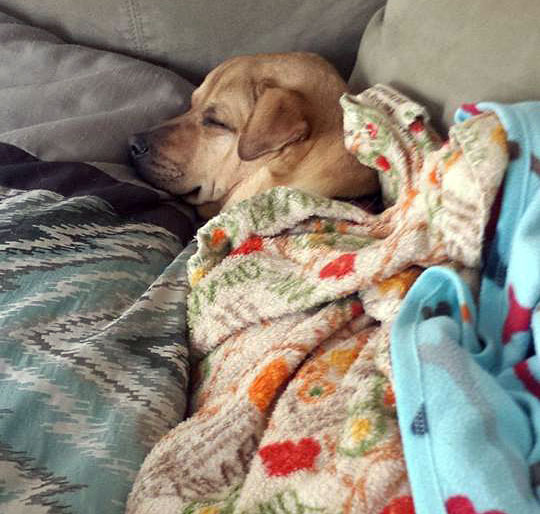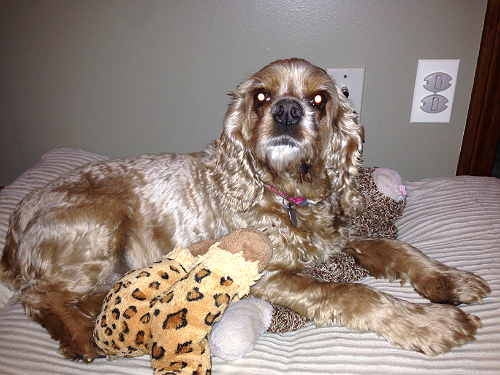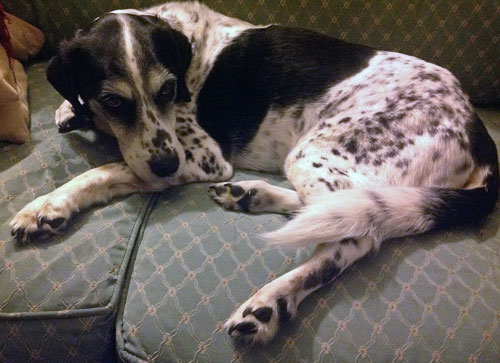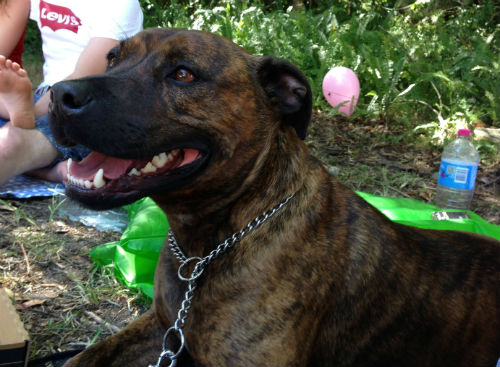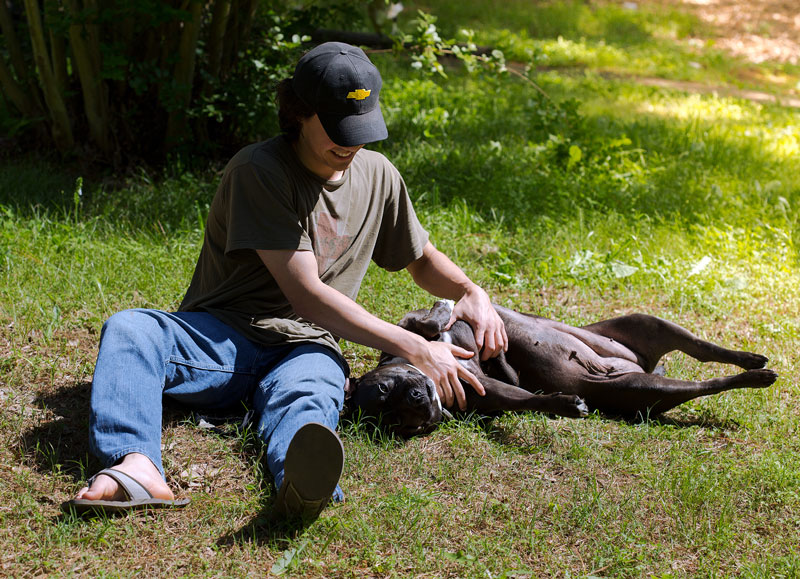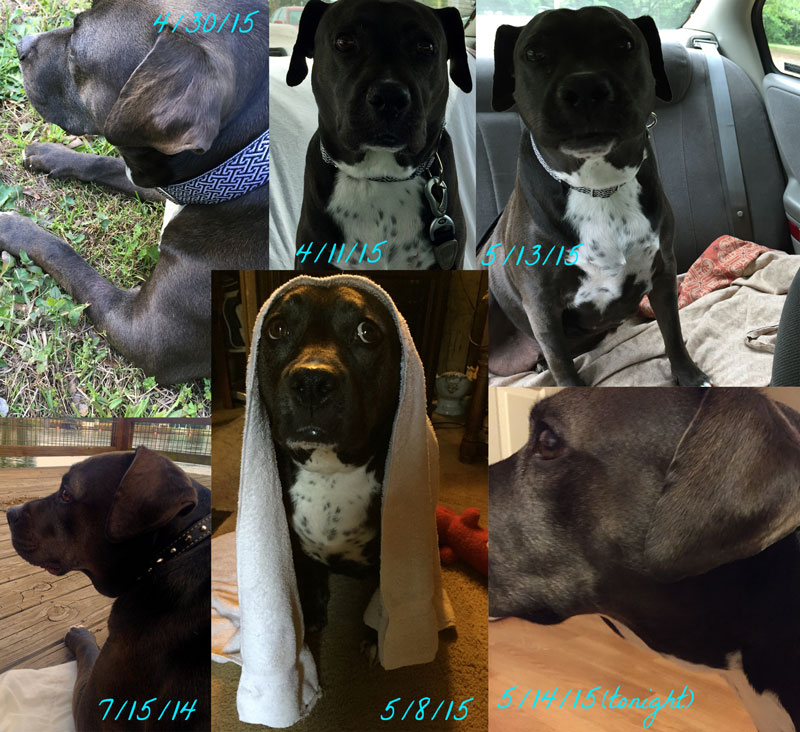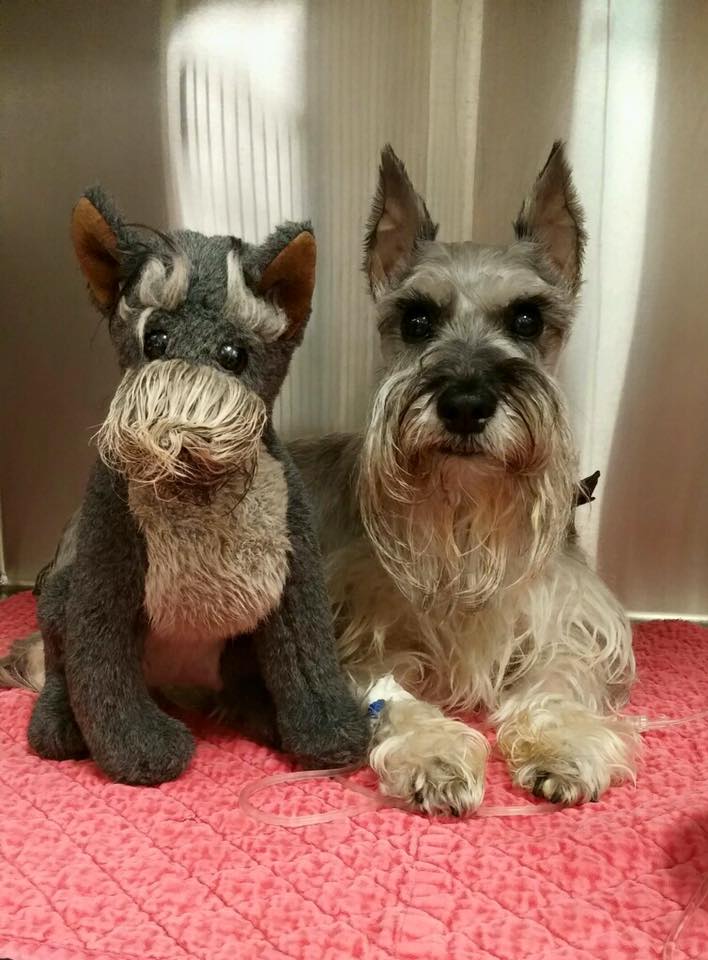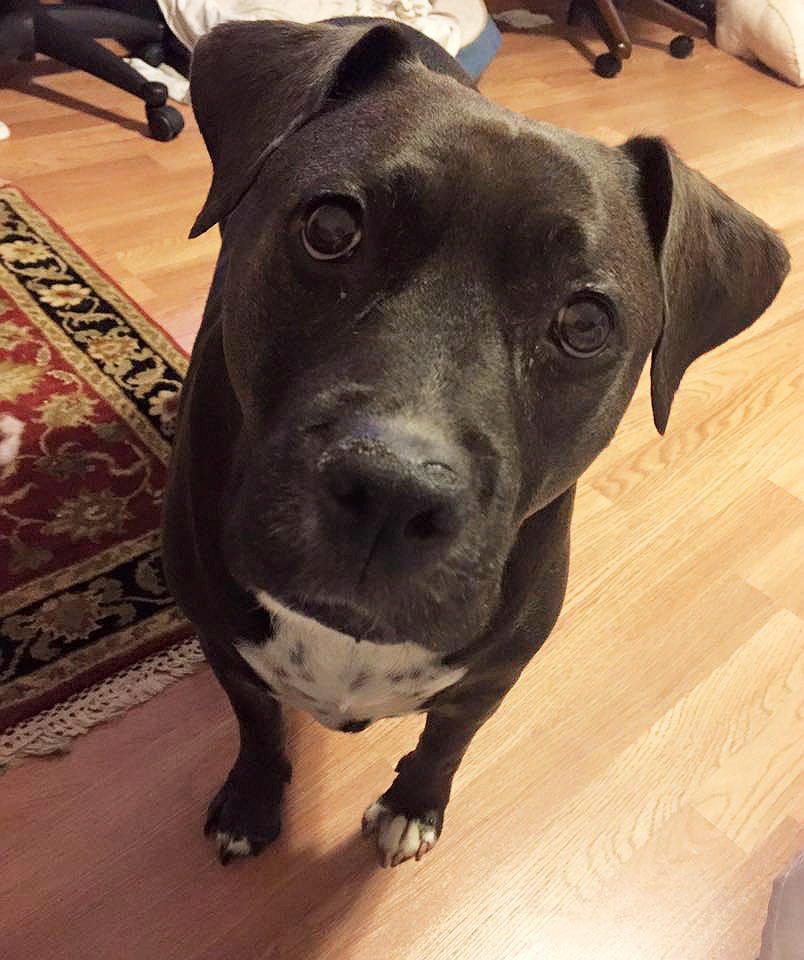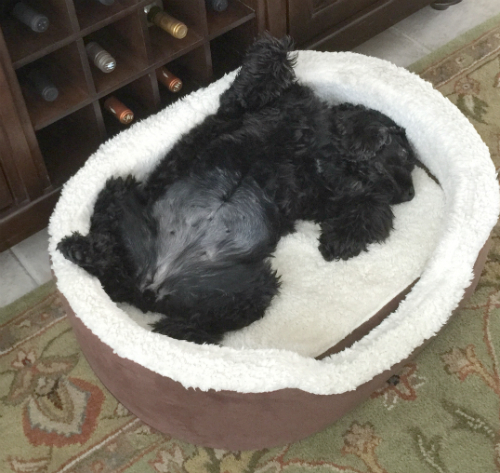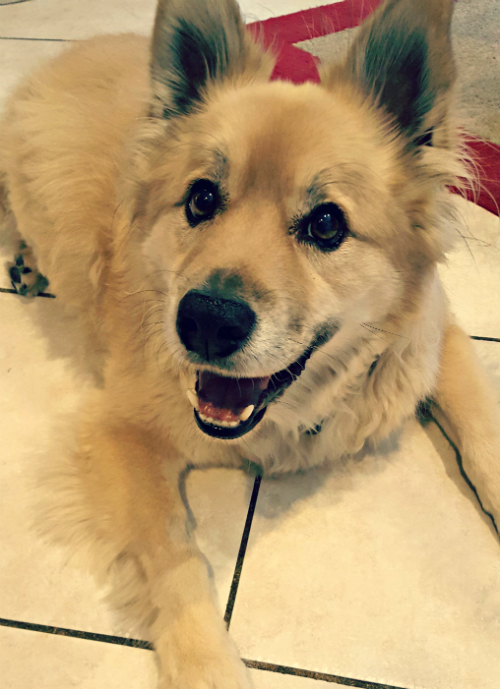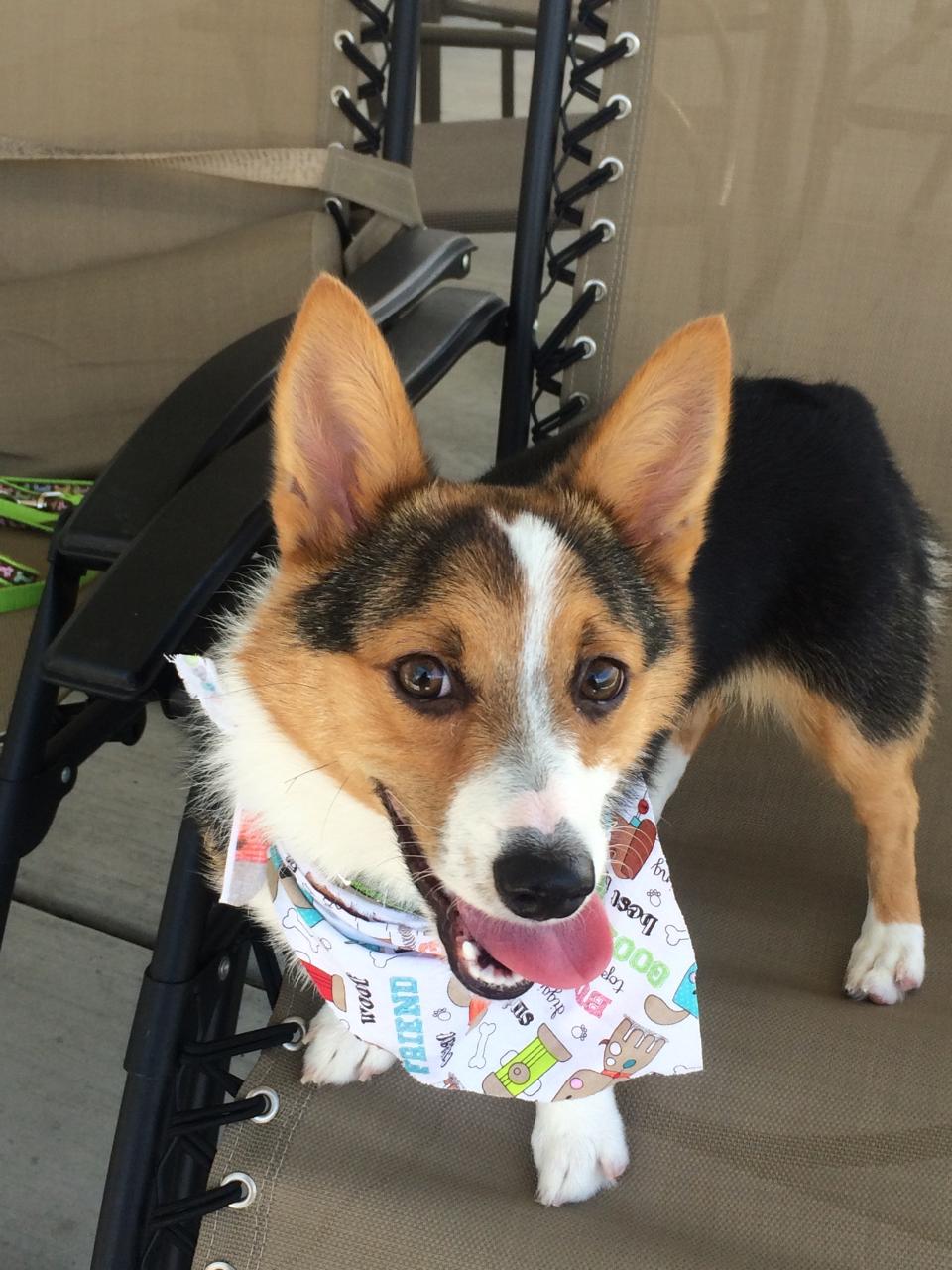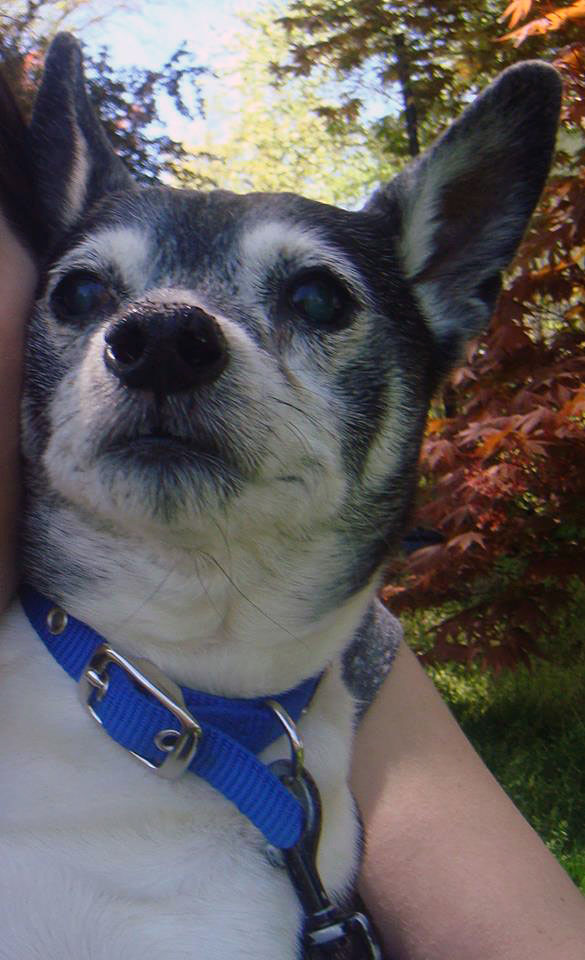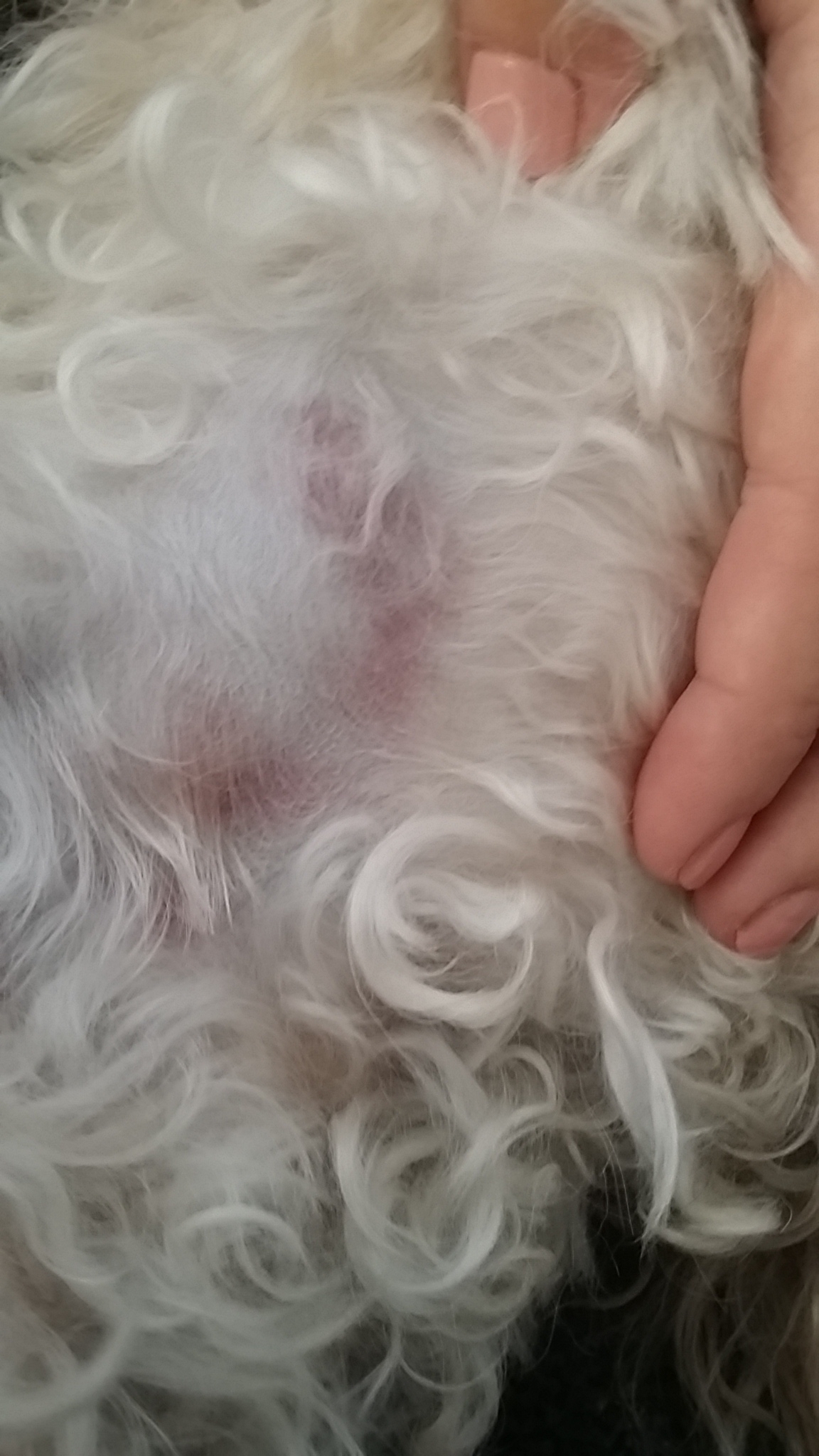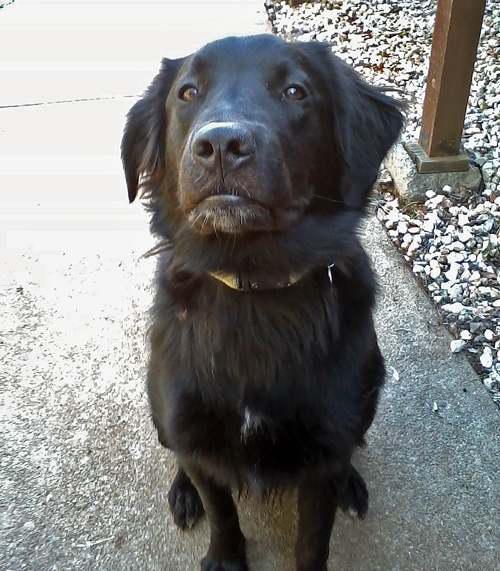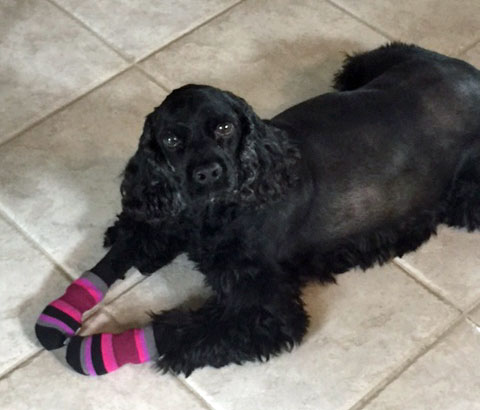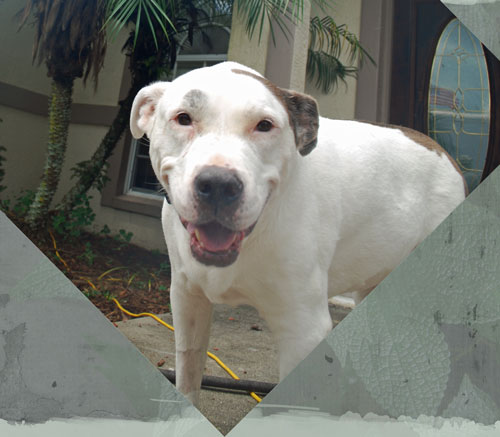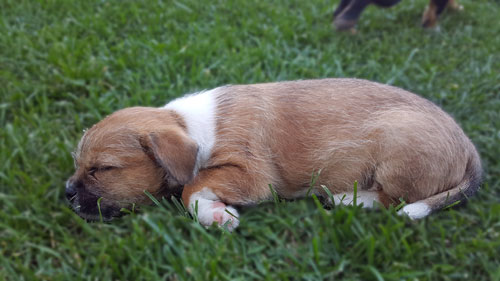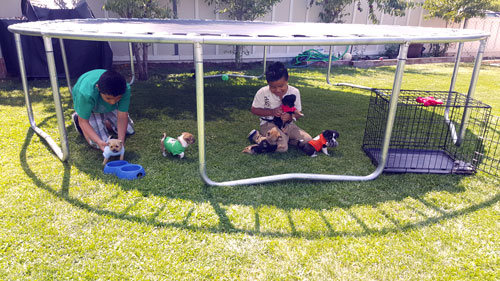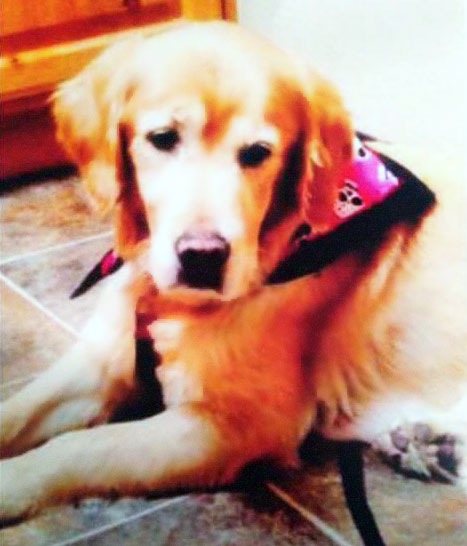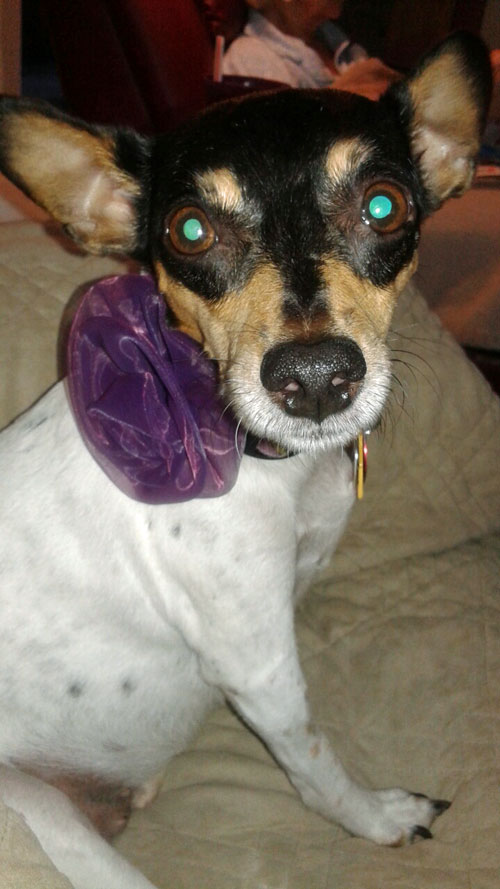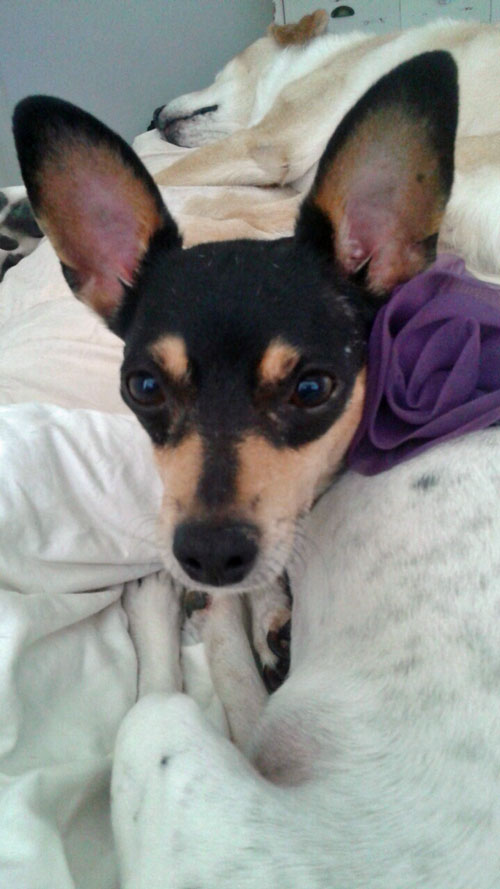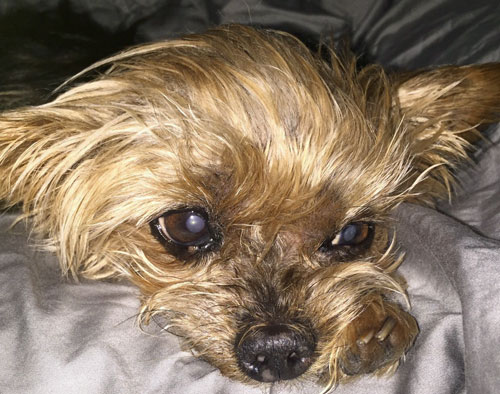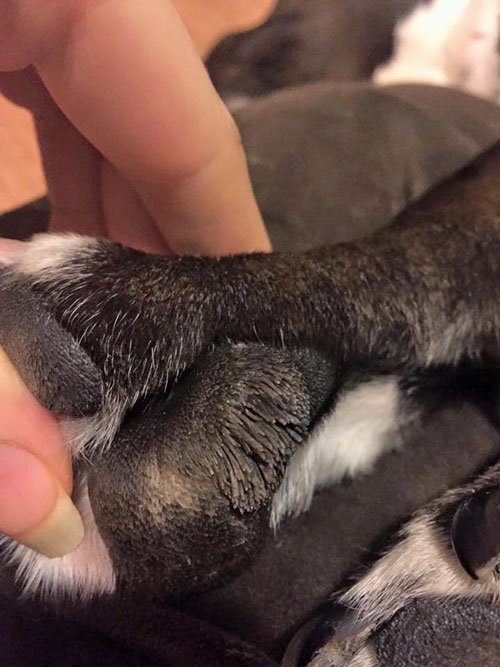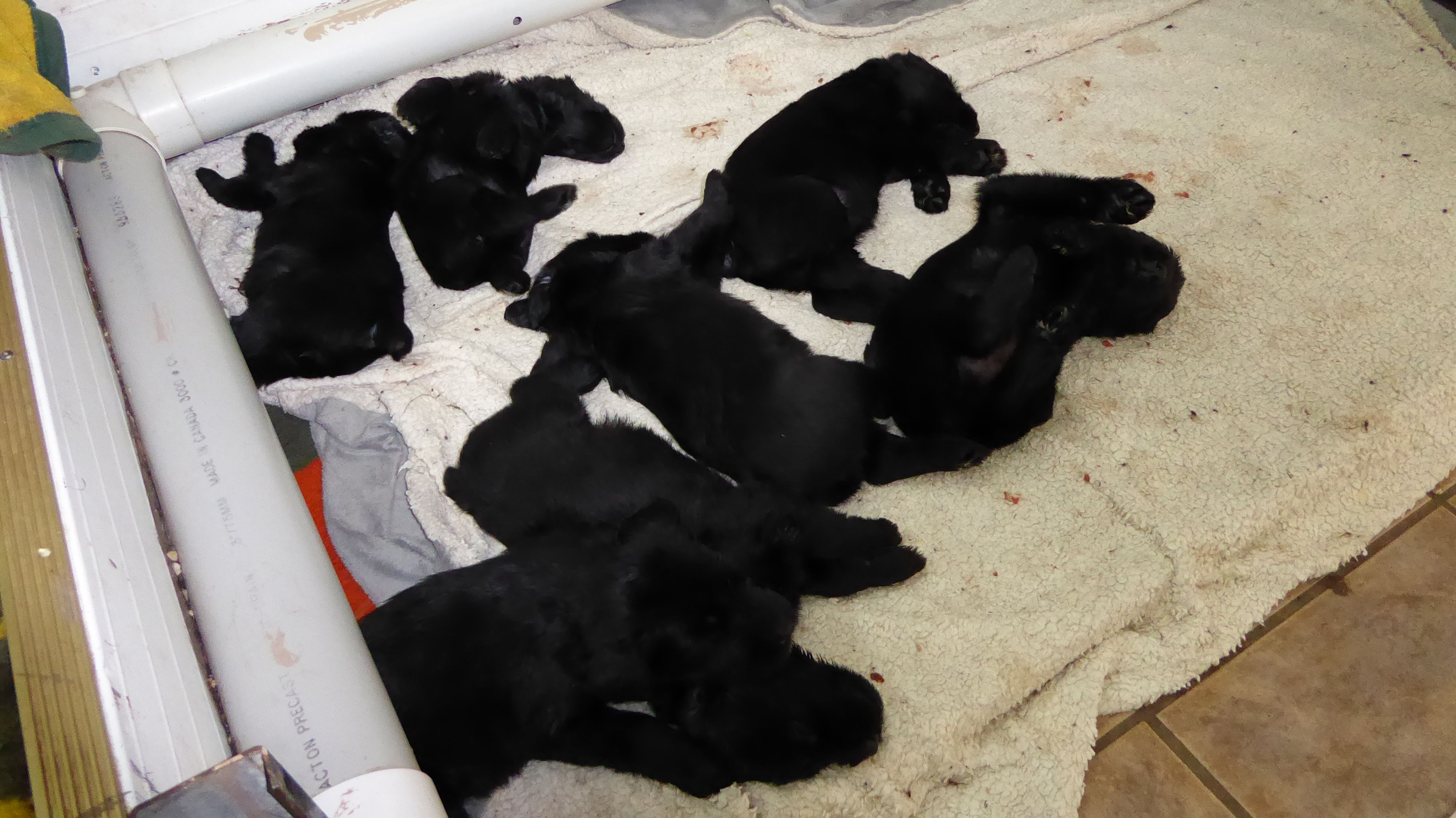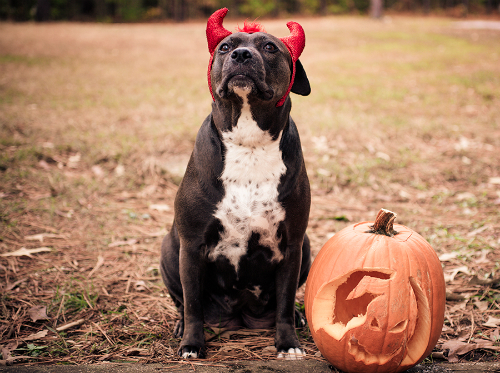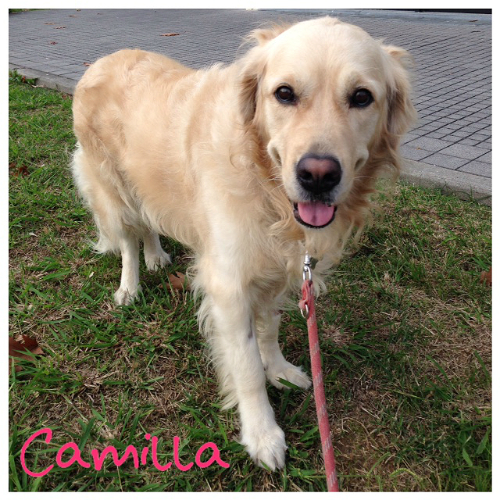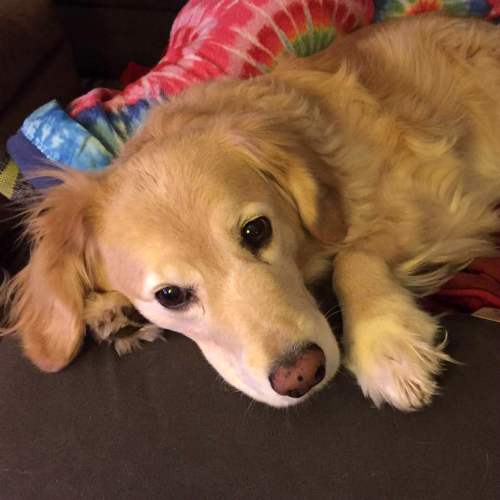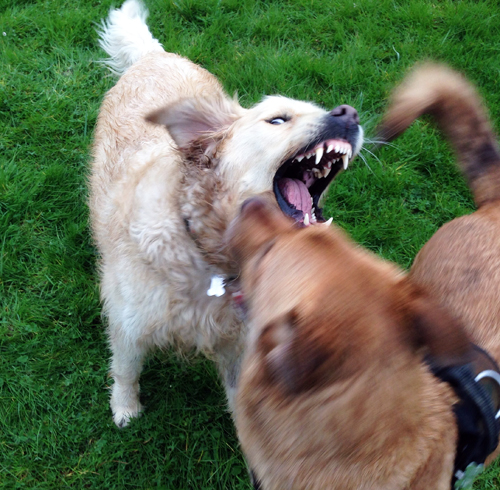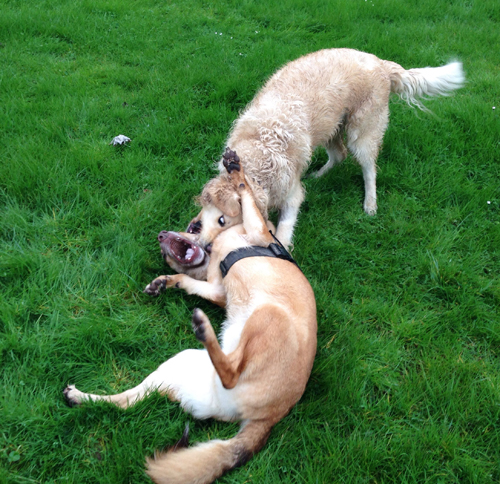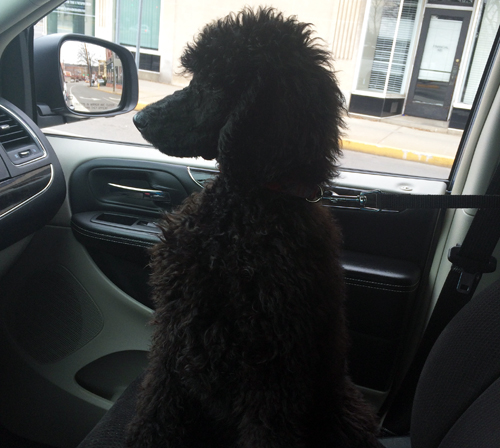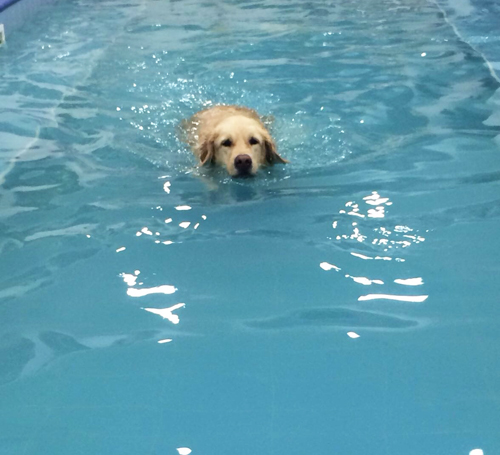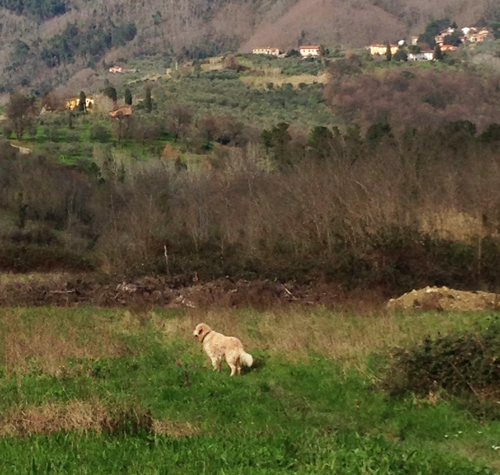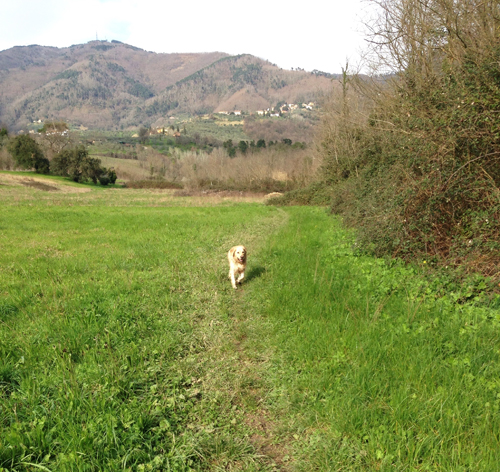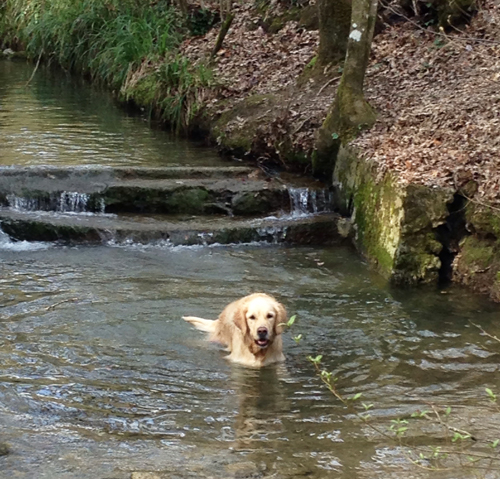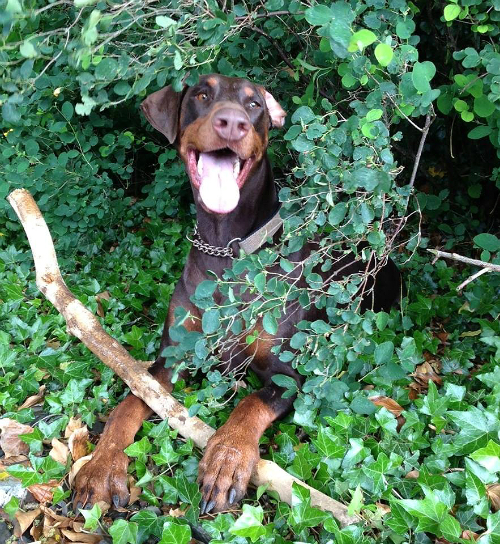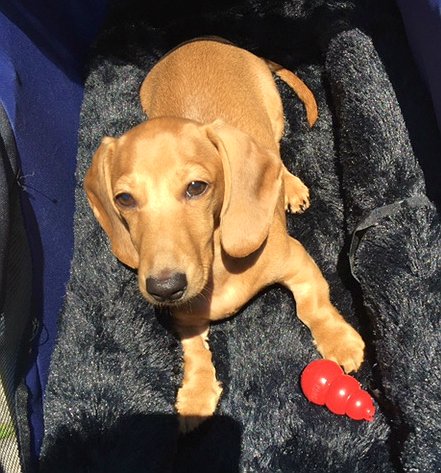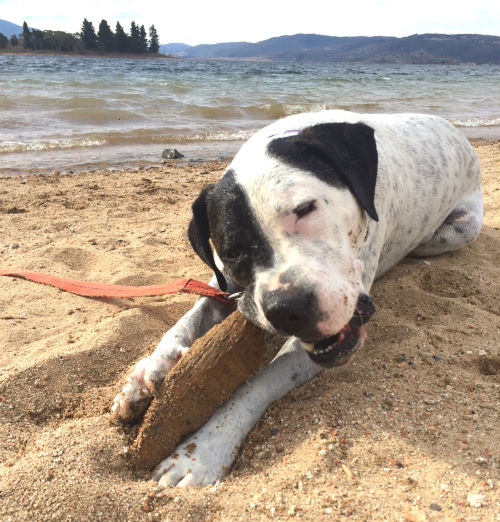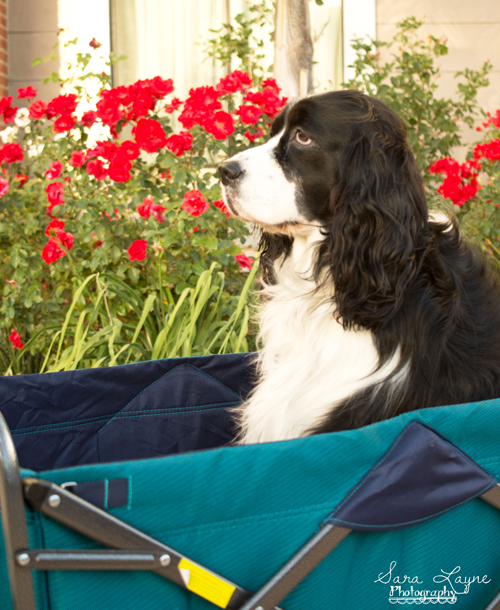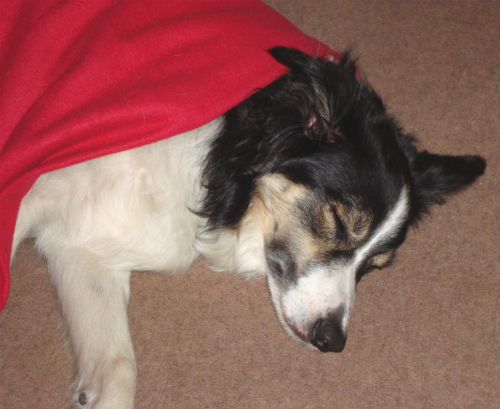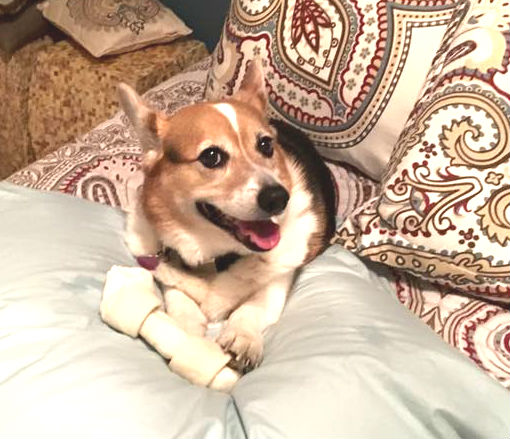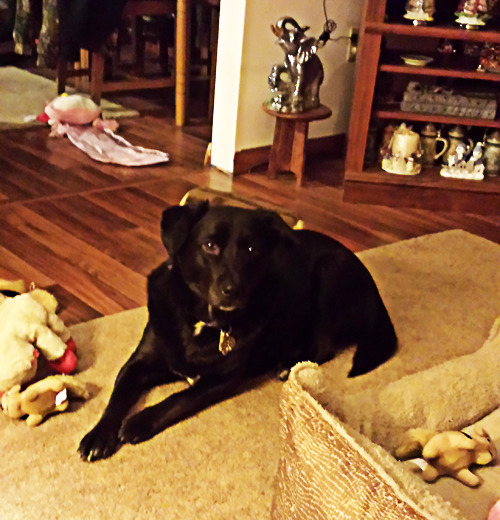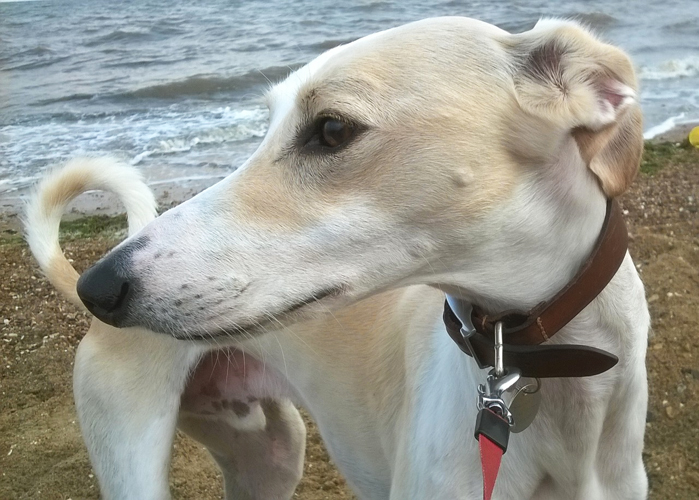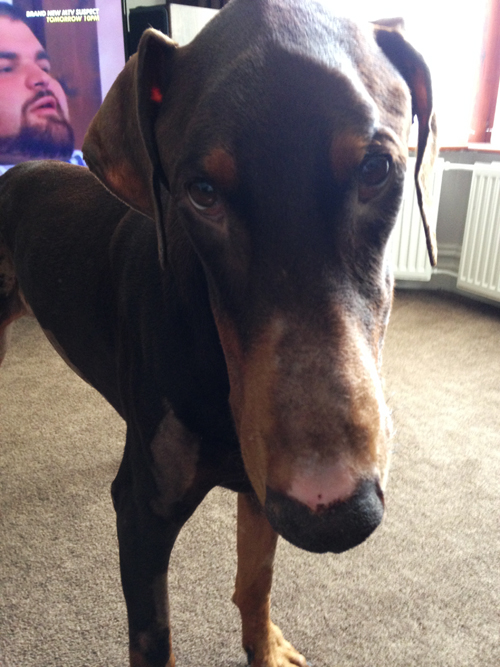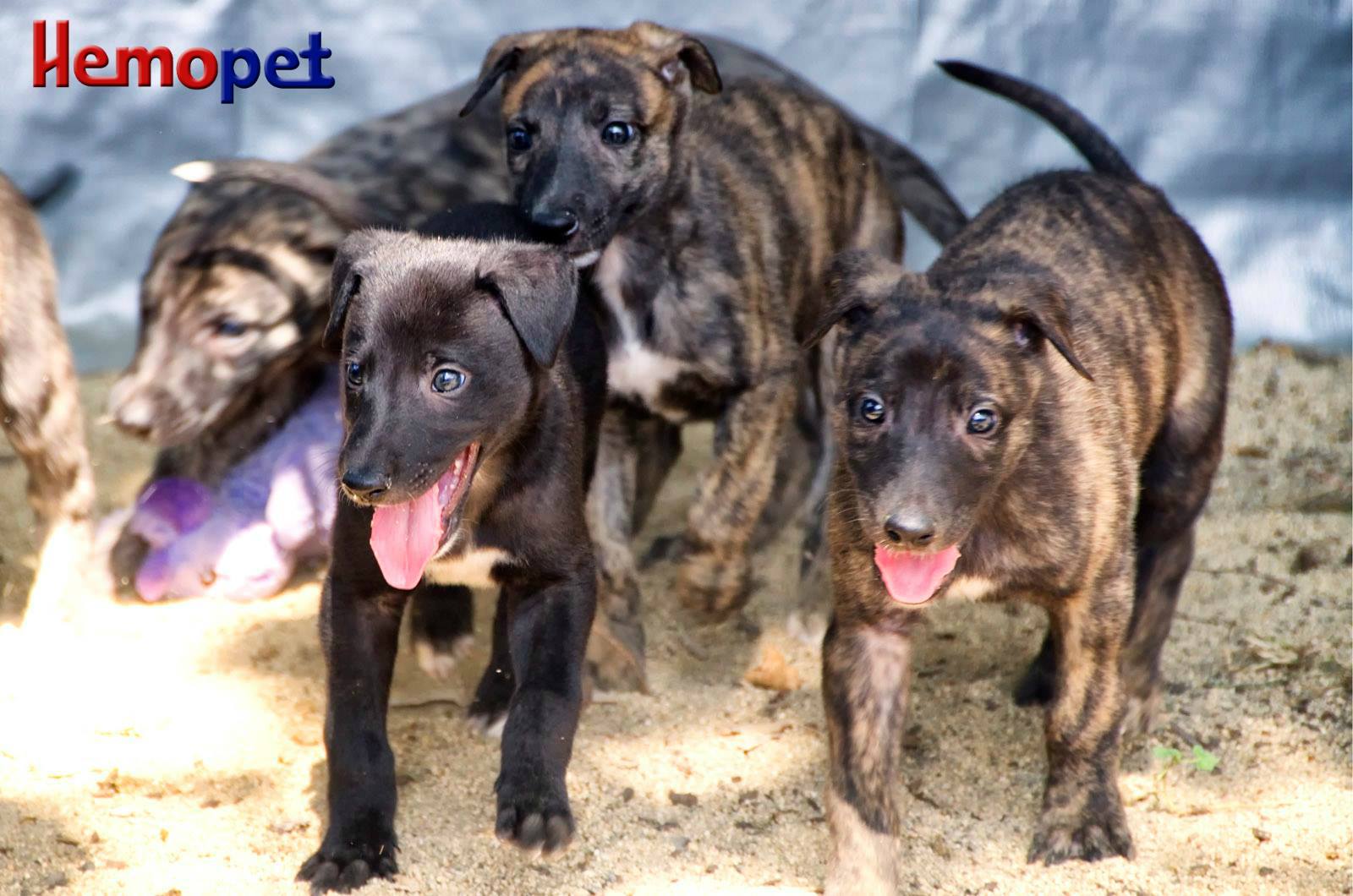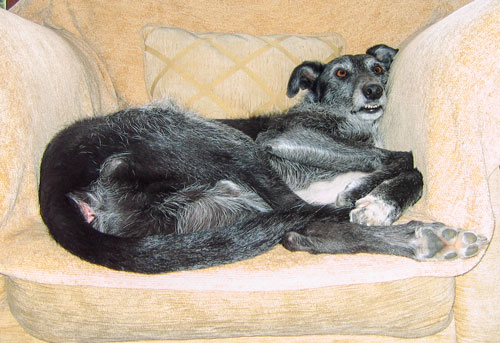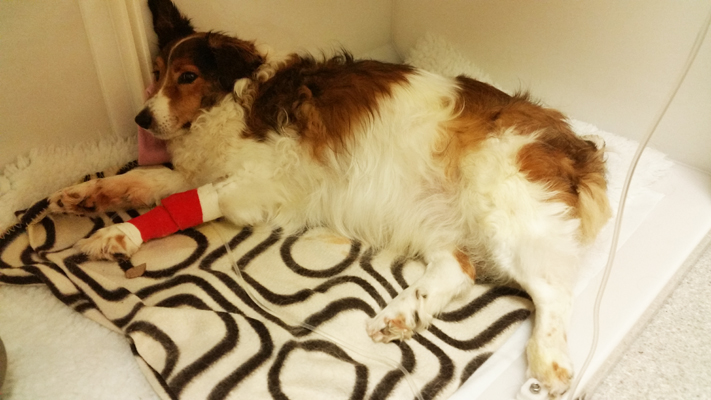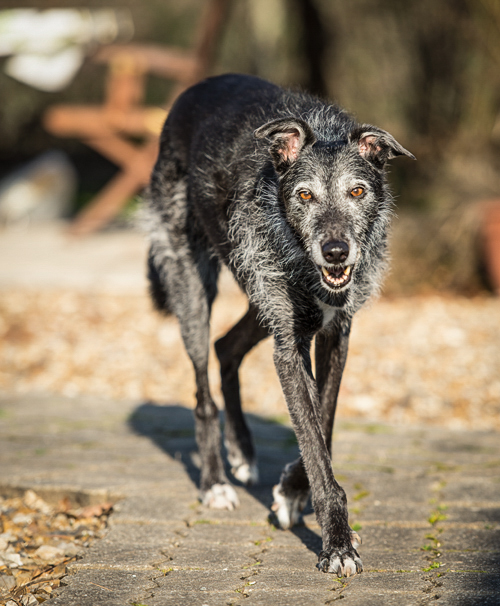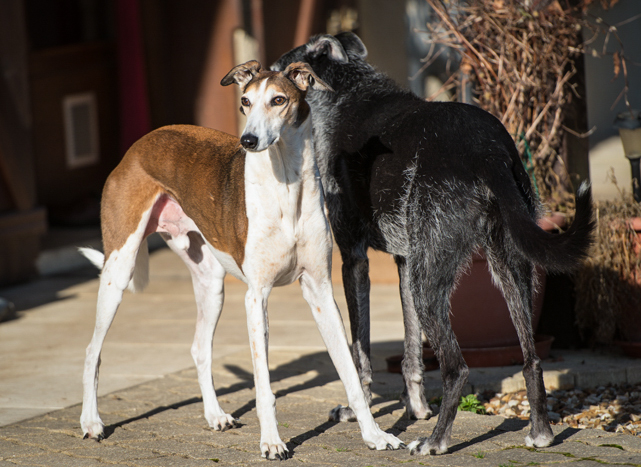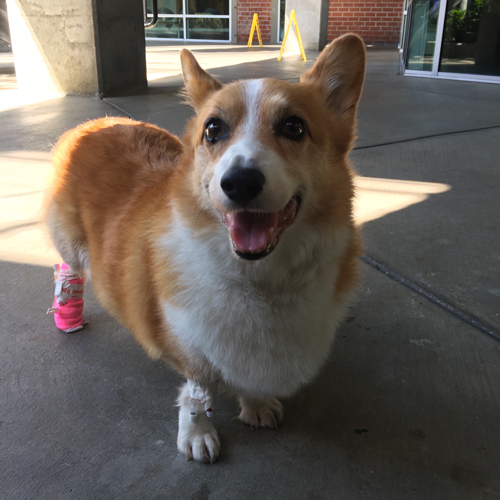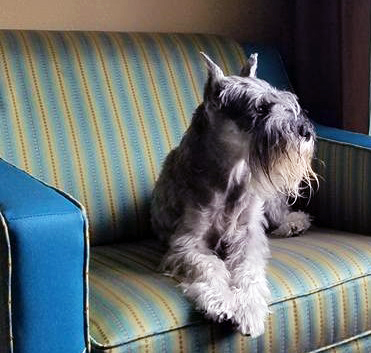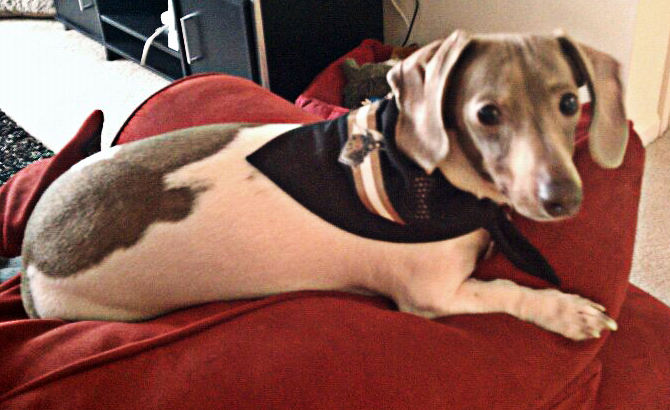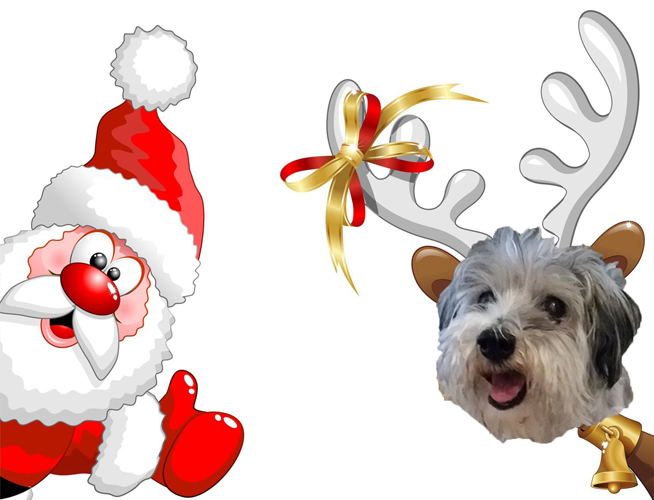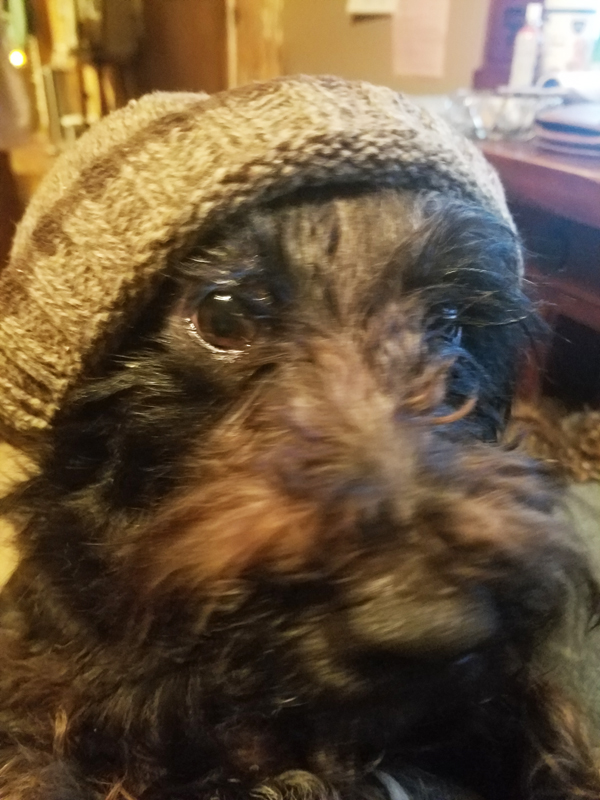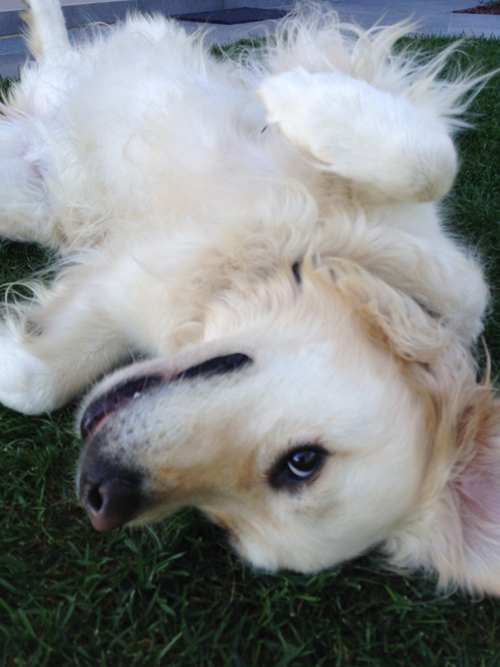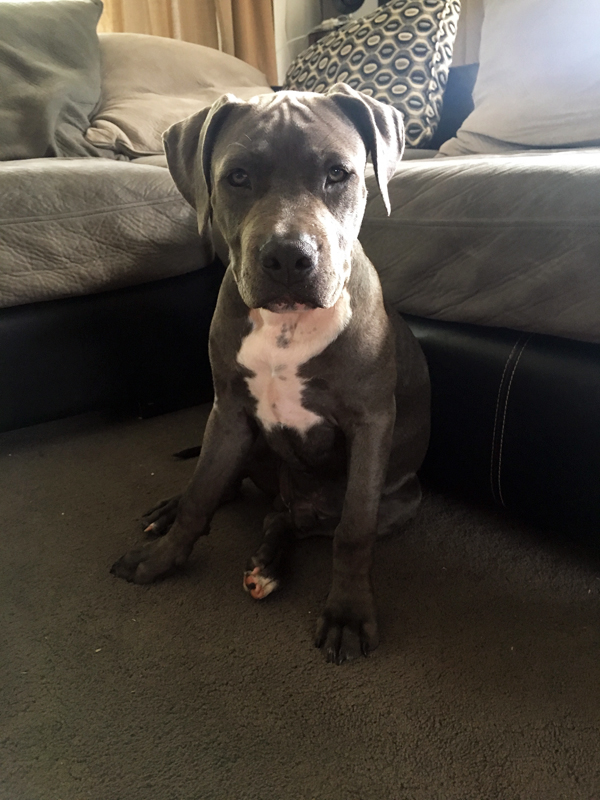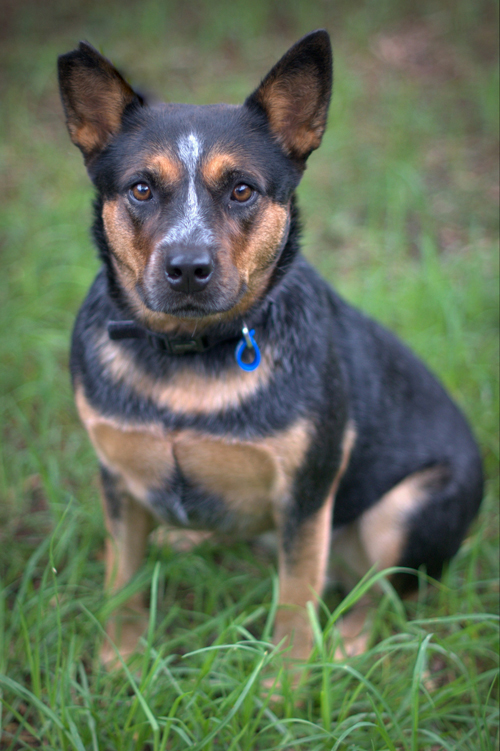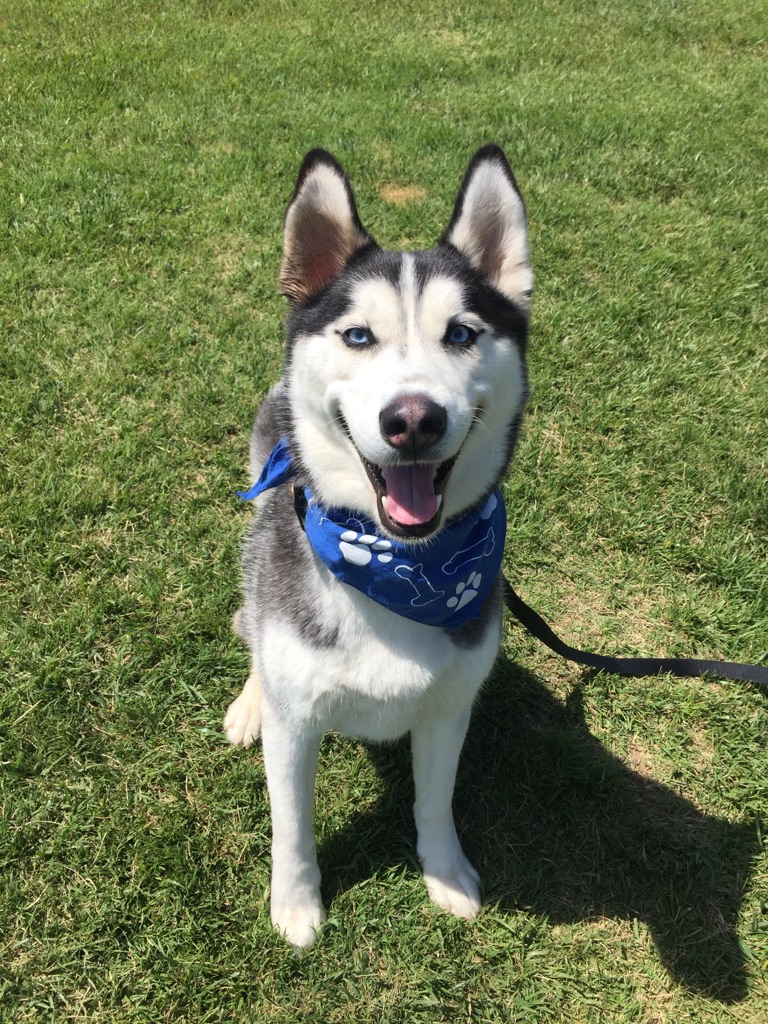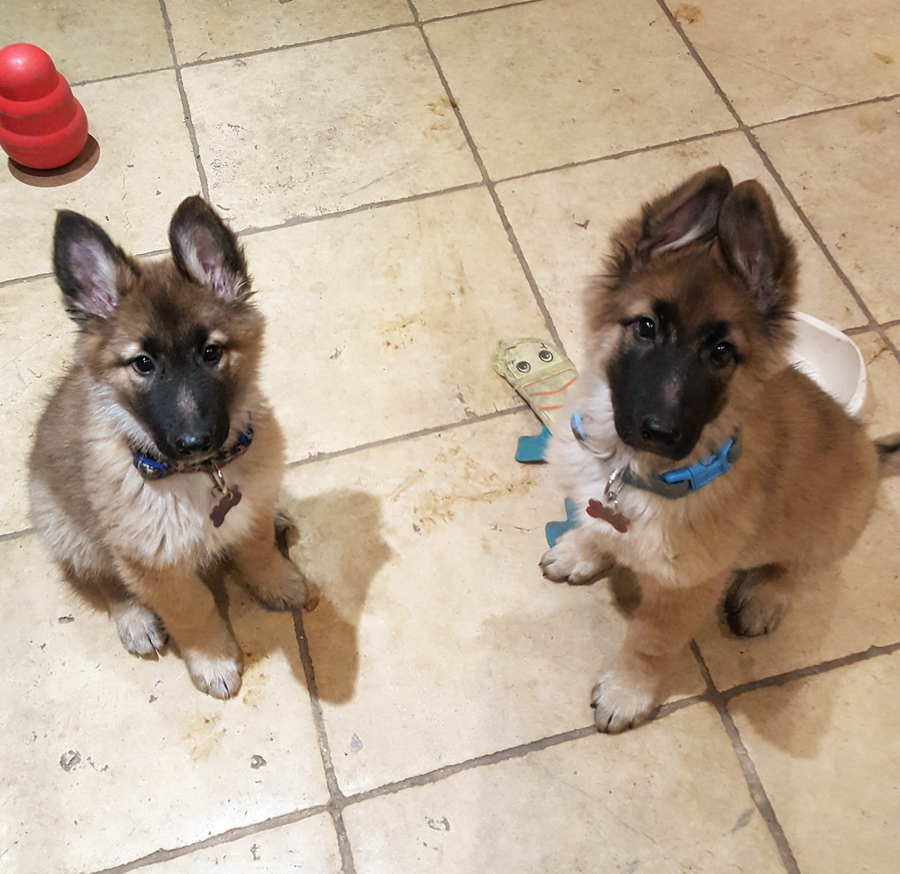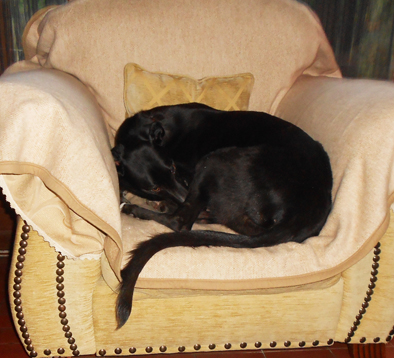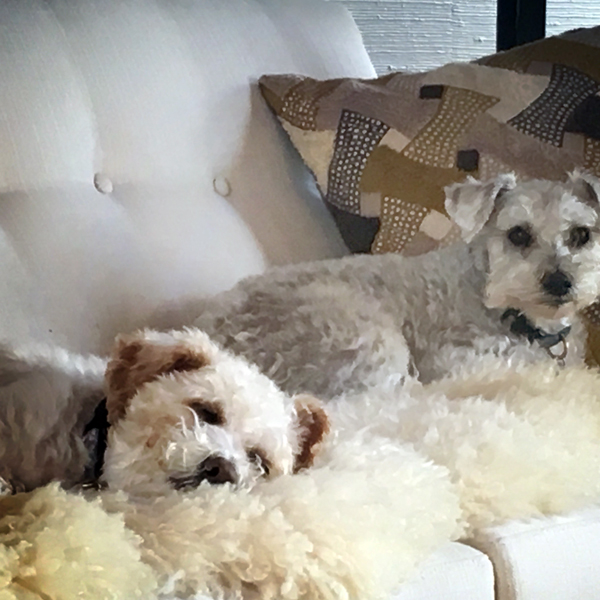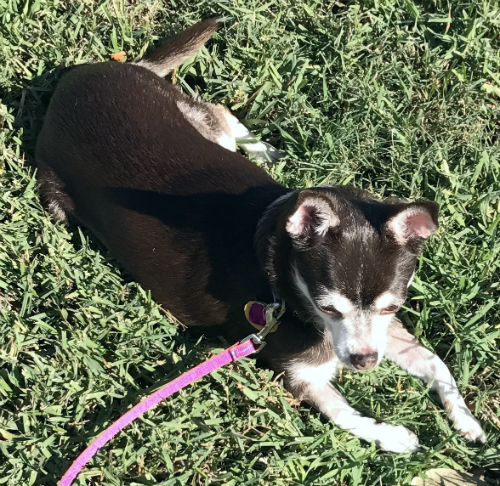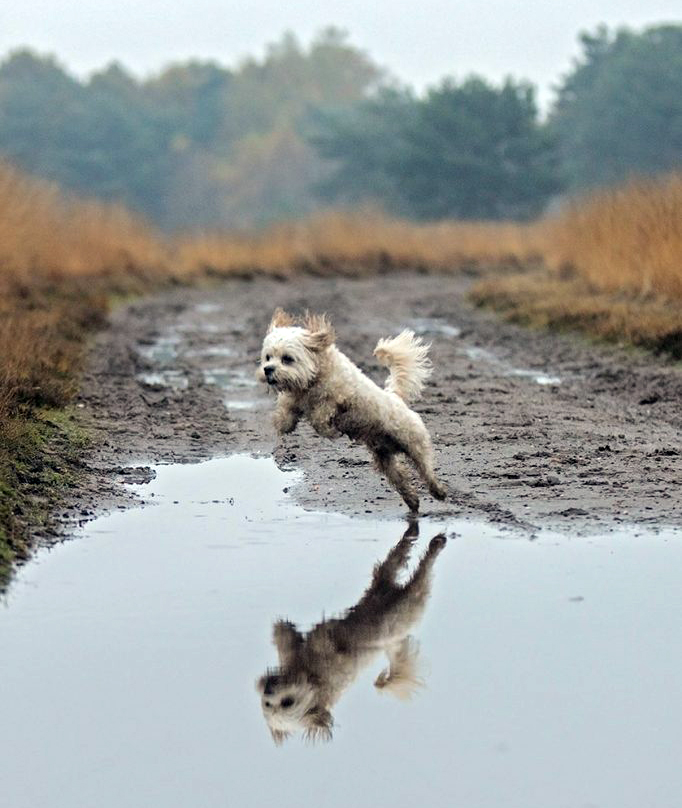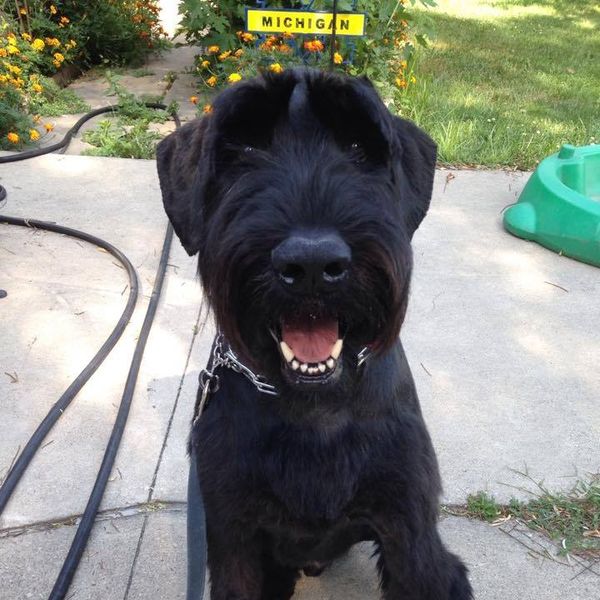Transfusion of whole blood or blood products may be required when PCV/HCT or other blood cells, such as platelets, are low. If your dog has AIHA that is NON-REGENERATIVE it is important that your vet does not transfuse to a PCV/HCT of over approximately 25, otherwise the body thinks that it has an adequate supply of oxygen from the red blood cells & it may NOT stimulate production of enough new red blood cells (reticulocytes). Hopefully, your vet will remember this rule from their vet school training. Small more frequent transfusions are recommended. Transfusions can be life saving in certain circumstances, e.g. acute rapid onset AIHA & any condition involving severe blood loss (hemorrhage).
Good cross matching is important, but in emergency situations, this is not always possible. At least 12 blood groups have been identified so far in dogs. Your vet can send a sample of your dog’s blood to a lab for typing if there is time to do that. If there is no time for cross matching, dogs should be given blood type DEA 1.1-negative blood. Please also read our important information on freshness of blood products https://www.secondchanceaihadogs.com/effect-of-duration-of-red-blood-cell-storage-on-transfusion-associated-inflammation-in-dogs-with-imha/
Blood banks for dogs can supply whole blood, packed red blood cells, fresh frozen plasma (including a product with high von Willebrands Factor), frozen plasma, platelet rich plasma & other blood products for dogs with bleeding disorders (e.g. cryoprecipitate & cryosupernatant plasma). See also Oxyglobin® below.
Careful monitoring will be needed during & after a transfusion to observe for any signs of a reaction. Transfusion reactions can be immune mediated & non-immune mediated, and can also be hemolytic or non-hemolytic.
Immune mediated transfusion reactions:
An immune mediated hemolytic ACUTE transfusion reaction is rare, but is the most serious. Causes are:
- The dog has been given the wrong blood type (incompatibility) & already has antibodies to it
- The dog has been sensitized by a previous transfusion. Any dog that has had a previous transfusion must be cross matched.
Early symptoms of an acute reaction are high temperature & vomiting. Other later symptoms are fast heart rate, panting (heavy breathing), low blood pressure, howling or crying, discomfort & agitation, swelling of the face, weakness & tremors/shaking, excess of free hemoglobin in the blood plasma from hemolysis (hemoglobinemia) & high levels of hemoglobin from hemolysis in the urine (hemoglobinurea).
Immune mediated hemolytic reactions to transfusions can appear anytime up until 21 days after the transfusion – symptoms are usually a drop in red blood cell count and a drop in PCV/HCT because the red cells are not surviving very long.
Immune mediated non-hemolytic transfusion reactions include vomiting, anaphalaxis (shock), high temperature, skin rash, itching & hives, rapid breathing & shortness of breath, neurological symptoms. This may happen because of antibodies to the red blood cells, platelets, plasma proteins or leukocytes in the transfused blood. These reactions are usually short lived.
Non-immune mediated transfusion reactions:
These reactions are usually due to errors during blood collection, storage or during giving the transfusion. Errors include storing at wrong temperature, wrong type of collection bag and can result in contamination (e.g. with bacterial growth). Other errors are not using the right sized needle for the blood product or giving the wrong product, giving too much volume of blood product (overload) & citrate toxicosis. Dogs with liver disease should only be given fresh blood products, otherwise they can suffer from ammonia build up. Problems can also be encountered when transfusing blood with a very high PCV (80%) and not giving the product at the correct temperature (too hot or cold). Signs of volume overload include coughing, shortness of breath, fever, vomiting, fast heart rate , purple or blue mucous membranes. Signs of citrate toxicosis are weak pulse, cardiac arrythmia (irregular heartbeat) & muscle tremors.
OXYGLOBIN®
Oxyglobin® is a hemoglobin product modified from cow’s blood (bovine) which is approved for veterinary use as a blood substitute for infusions in the US & Europe for dogs. DO NOT USE FOR DOGS WITH EHRLICHIA. There is strong evidence in studies on IMHA treatment that if cyclophosphamide and bovine hemoglobin solution are both used, this may be associated with increased risk of death. Oxyglobin® can be used to treat moderate to severe anemia, as well as other diseases and is cleared from the body in 4-5 days. It does not have to be cross matched & can be stored ready for use for long periods of time. Attention must be paid to risk of volume overload during administration with other IV fluids. It can be useful to maintain oxygen levels in the body. Oxyglobin® has not been well tested (at the time of writing) in dogs with bleeding disorders or abnormal clotting. Oxyglobin® is not suitable for use in dogs with some cardiac (heart) diseases & dogs with low, little or no urine output (oliguria, anuria). Repeat infusions of Oxyglobin® have not been well tested at this point in time. Oxyglobin® can cause side effects. Blood products & blood transfusions can still be given before and/or after Oxyglobin® (i.e. not contraindicated).
PLEASE ALSO READ ARTICLE : Squeezing More Uses Out of Blood Products WHICH CAN BE FOUND IN OUR “NEWS” SECTION
« Back to Glossary Index




